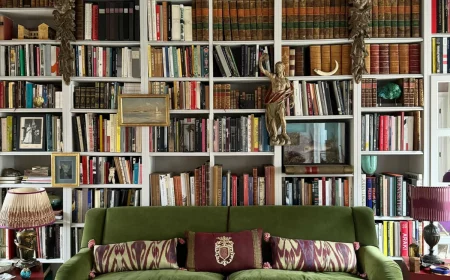Tired of Trends? Here’s How to Create a Home That Actually Lasts
As someone who’s been deep in the world of interior design for a good long while, I can tell you the number one question people ask is, “So, what’s in style right now?” And I get it! You see these stunning rooms online and want to capture that magic for yourself. But honestly, chasing trends is a trap. It’s an exhausting cycle that leaves your home feeling a little bit ‘off’ in just a couple of years.
In this article
A home should be your sanctuary, not a fashion statement that expires next season. It should feel good, work for your life, and get better with age.
So, let’s ditch the lists of what’s ‘in’ or ‘out.’ Instead, I want to pull back the curtain on the core principles that the pros use to create spaces that are comfortable, beautiful, and genuinely timeless. We’re going to talk about the shapes that make us feel good, the materials that are actually built to last, and the textures that bring a room from ‘nice’ to ‘wow.’
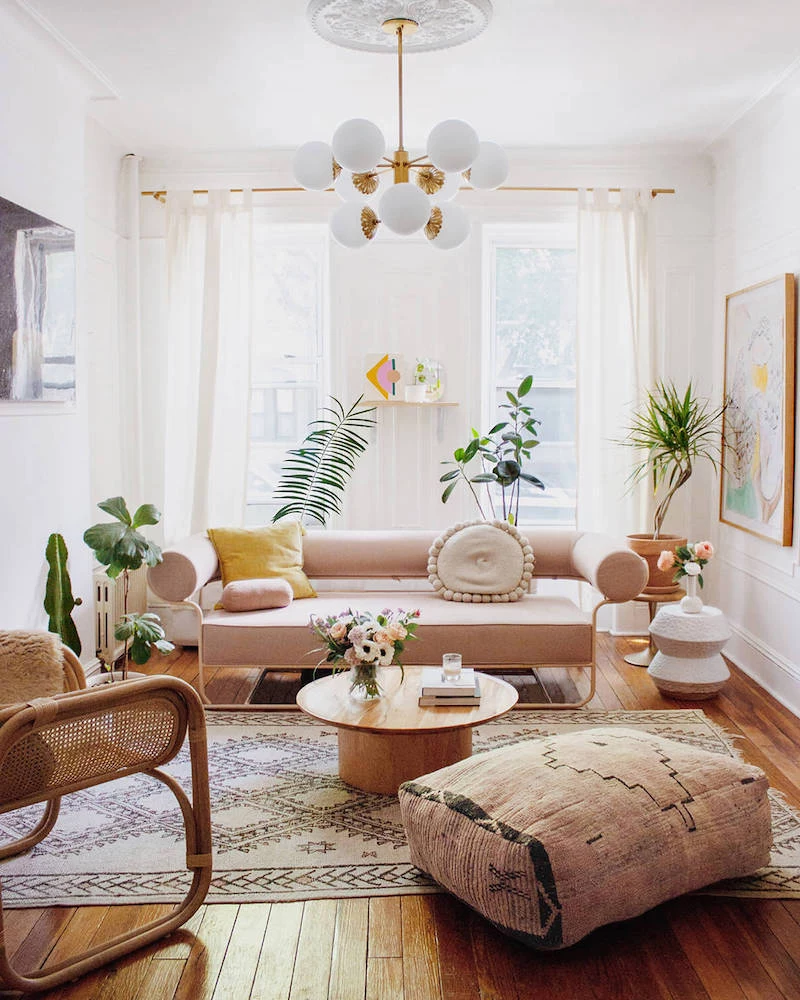
Why Curves Just Feel… Better
You’ve probably noticed a lot more curved furniture popping up lately, and it’s not just a random fad. It taps into something deep within our brains. For a long time, especially in modern design, everything was about the clean, sharp line—think of the strict, boxy shapes that defined a lot of commercial and residential architecture. Those forms are all about order and efficiency, and there’s a certain beauty to that.
But our brains are hardwired from ancient times to see sharp, angular things as potential dangers. It’s a primal thing. Curves, on the other hand, are the shapes of nature: a rolling hill, a smooth stone, the bend in a river. Our minds read these forms as safe, gentle, and welcoming. This is a huge part of biophilic design, which is all about connecting our homes back to the natural world. A room with softer edges can literally help you relax and feel more at ease.
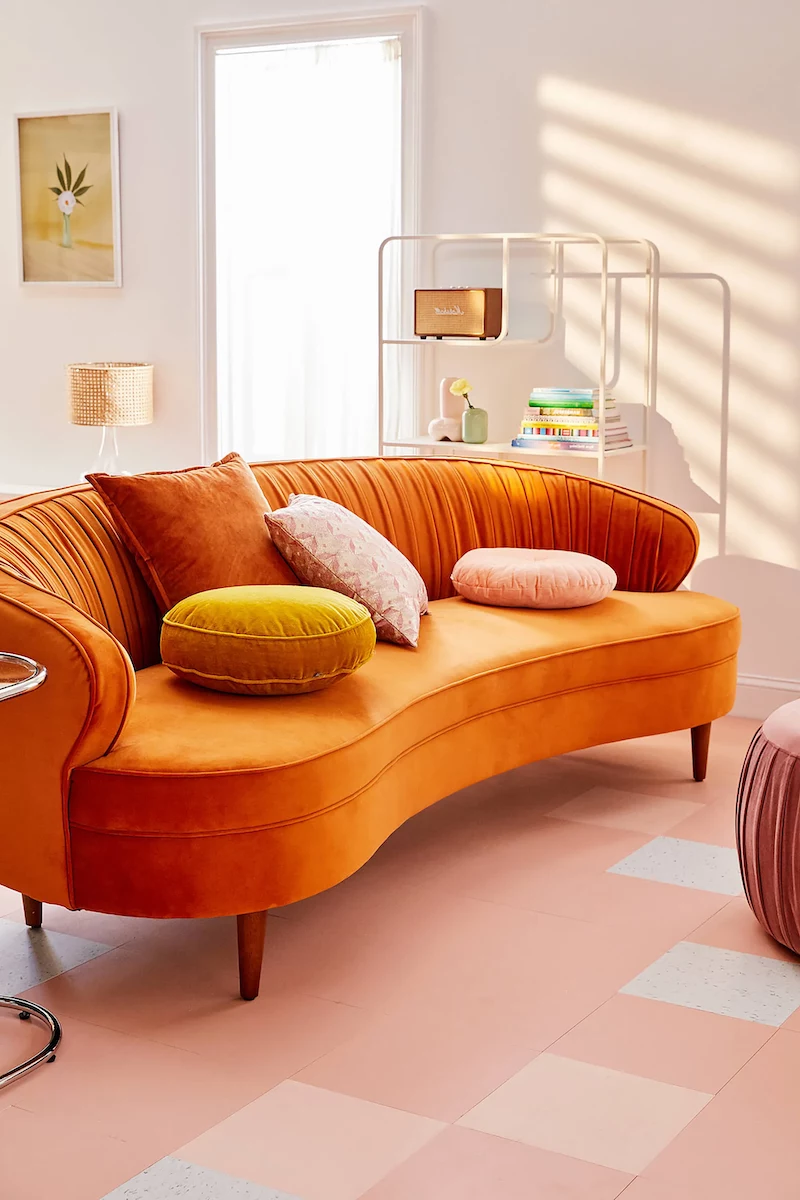
How to Actually Use Curves (Without Going Overboard)
Okay, so this doesn’t mean your home needs to look like a funhouse filled with blob-like furniture. The real magic happens when you find the right balance. A room with only curves can feel a bit floaty and unstructured, while a room with only straight lines can feel cold and sterile.
Here’s how to mix them effectively:
- Start with Your Box: Your room itself is probably a rectangle. The walls, floor, and ceiling create a strong, linear grid. Think of this as your canvas. You’re just adding curves to soften that grid, not get rid of it.
- Pick a ‘Hero’ Piece: A big, curved sofa can be an incredible focal point. But, heads up! A curved sectional often takes up way more floor space than a straight one with the same number of seats. A common pitfall I’ve seen is someone falling in love with a sofa that literally won’t fit through their front door or up a narrow stairwell. Before you even think about buying, measure your doorways and hallways, then use painter’s tape on the floor to map out the sofa’s footprint. It’s a 10-minute job that can save you a thousand-dollar headache.
- Sprinkle in Accents: If a big piece feels like too much of a commitment, start small! An arched floor mirror is a classic trick for softening a sharp corner. A round coffee table or a couple of circular nesting tables are perfect for breaking up the straight lines of a typical sofa. Even a round rug layered under a rectangular dining table can create a really pleasing effect.
- Look at the Classics: This idea isn’t new. Just think about some of the most enduring furniture designs. Those iconic dining chairs with the beautifully bent backs, or the simple elegance of a round table on a single pedestal. They’ve remained popular for decades because their forms are fundamentally pleasing to the human eye. They’re true investments, not trends.
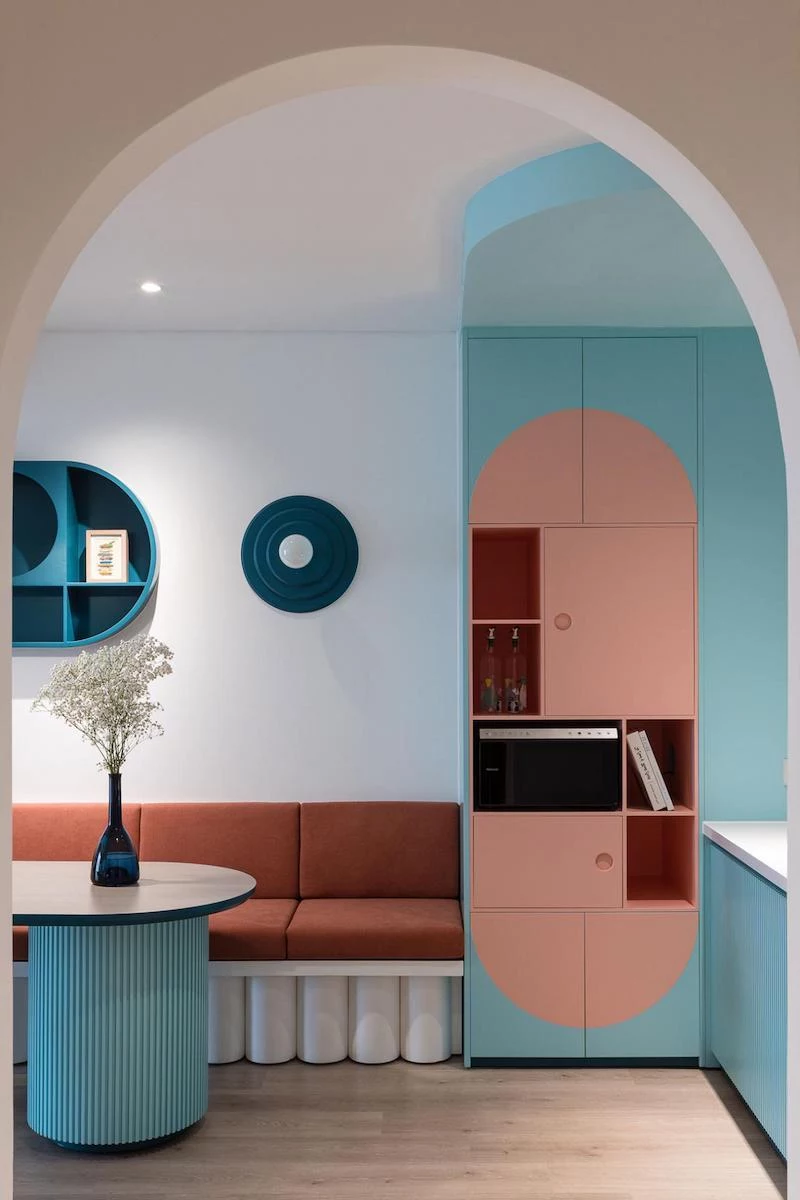
A Quick Note on Cost and Quality
There’s a reason well-made curved furniture can be pricey. Bending wood or engineering a stable, curved frame is tough. A high-quality curved sofa might start around $2,000, while a cheaper version under $800 might be built on a flimsy frame that uses low-density foam, which will sag and lose its shape surprisingly fast. When you’re shopping, feel the frame through the upholstery. It should feel solid and continuous. If you can feel wobbly joints or flimsy plywood, just walk away.
The Secret to Longevity: Honest Materials
The word “sustainable” is everywhere these days, but it’s often just a marketing buzzword. I prefer to think in terms of something more concrete: material honesty and longevity. A truly sustainable home is one you don’t have to constantly re-buy things for because they broke or went out of style. It’s about choosing materials that are what they claim to be and that get better with age.
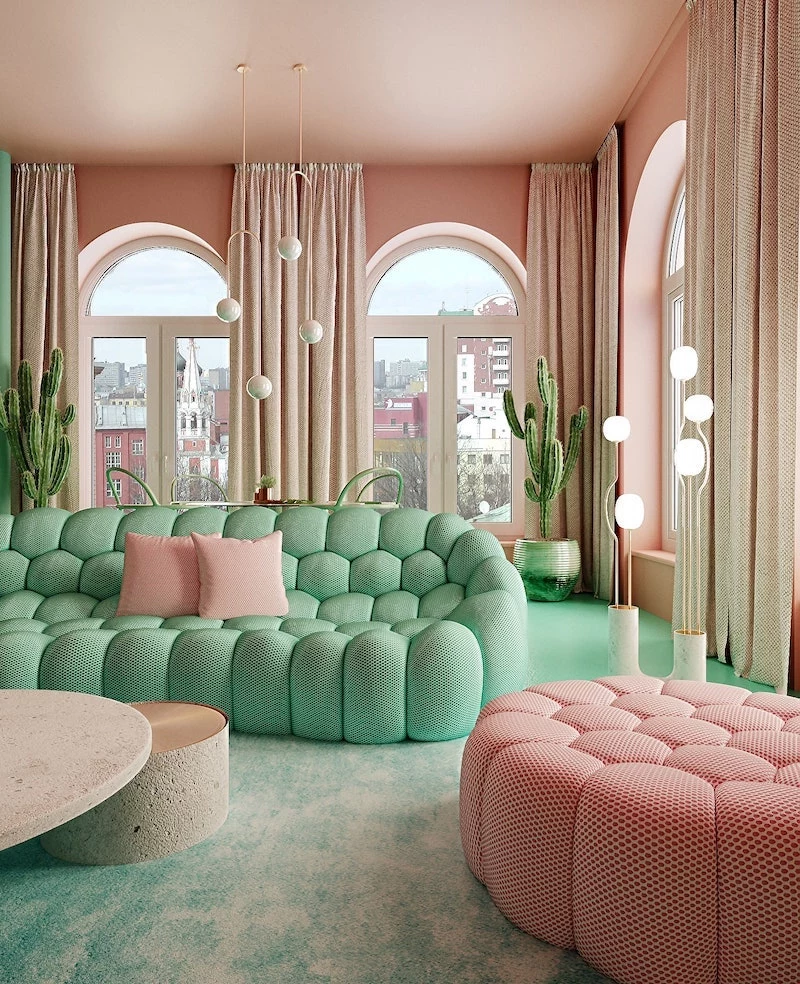
The Lowdown on Wood: Solid vs. Veneer vs. Junk
Okay, this is probably the single most important thing to learn if you want to buy furniture that lasts. I learned this the hard way early in my career, picking a gorgeous-looking table for a client that started chipping at the edges within a year. It was laminate over particle board, and it taught me a lesson I’ll never forget.
- Solid Wood: This is the real deal—the entire piece is made from whole cuts of lumber. It’s strong, incredibly durable, and can be sanded and refinished over and over again. It will expand and contract a bit with humidity, but good craftsmanship accounts for that. Think of this as the “buy it for life” option. A solid wood dining table might start around $800 and go way up from there, but it can literally last for generations.
- Wood Veneer: This is a smart and respected technique. A thin layer of a beautiful hardwood (like walnut or oak) is bonded to a stable and less-expensive core, usually plywood or MDF. High-quality veneer is a craft, allowing for stunning grain patterns you can’t get with solid wood. It’s a fantastic choice for flat surfaces like cabinets and tabletops. Its weak point is the edges, which can chip if they’re not finished well. This is your mid-range champion, with tables often falling in the $400-$900 range.
- Particle Board & Laminate: This is what most budget big-box furniture is made of. It’s essentially sawdust and wood chips compressed with glue, with a plastic-like layer printed with a wood pattern on top. It’s cheap (think tables under $250) and stable, but it has zero potential for repair. Once that laminate surface chips or gets wet, the particle board underneath swells and crumbles. It’s pretty much destined for the landfill.
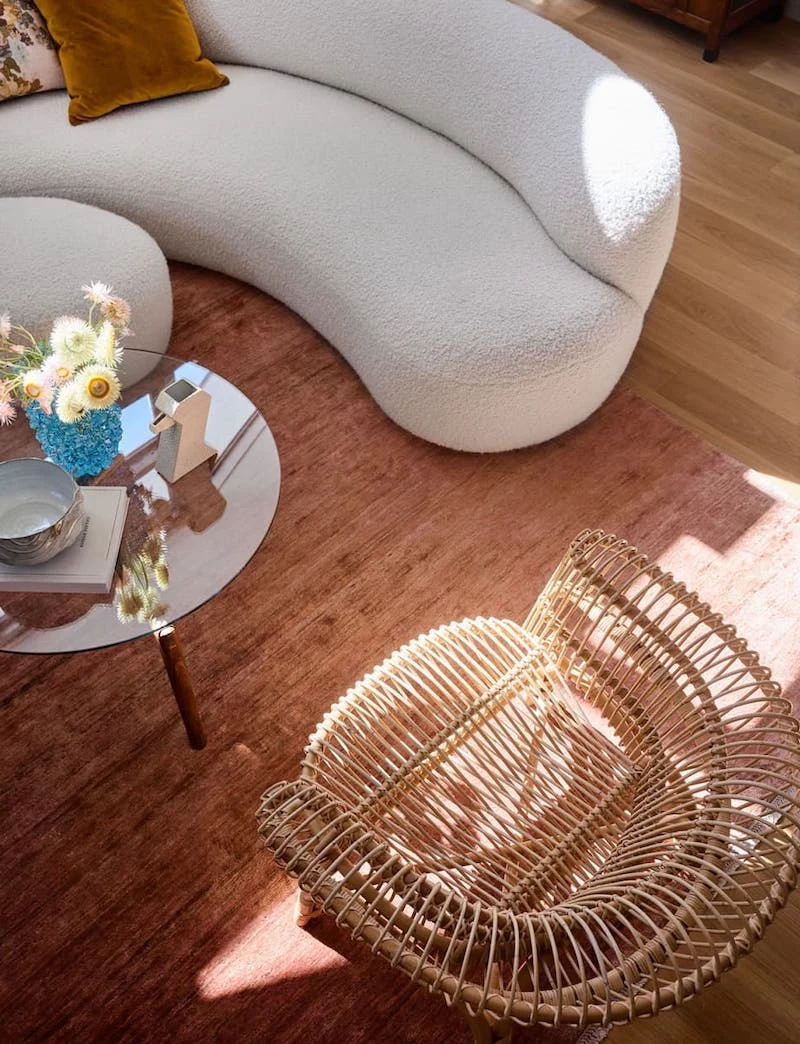
Where to Find the Good Stuff (New & Old)
My advice? Always aim for solid wood or high-quality veneer. And honestly, some of the best deals are on second-hand pieces. You can find incredible craftsmanship for a fraction of the cost of new stuff if you know where to look. I always tell people to check out Facebook Marketplace (use specific search terms like ‘solid oak’ or ‘dovetail drawers’), local estate sale listings (sites like EstateSales.NET are a goldmine), and even your local Habitat for Humanity ReStore.
Here’s my quick checklist for vintage wood finds:
- Do the Wiggle Test: Grab the arms and legs. Are they tight? Look for proper joints like dovetails in the drawers. Staples and globs of glue are red flags.
- Give It a Sniff: A strong, musty smell can be a deal-breaker. Mildew is incredibly hard to get rid of.
- Check for Pests: Look for tiny, uniform holes—a classic sign of woodworms. Unless you’re ready to pay for professional treatment, pass on it.
- Assess the Finish: A damaged finish can be fixed, but be realistic. Refinishing furniture is a rewarding DIY project, but it takes time to strip, sand, and seal properly.
Quick Safety Tip: Be very careful with painted furniture from before the 1980s, as it might have lead paint. If you plan to sand or strip it, grab a lead test kit from the hardware store first. If it’s positive, use proper safety gear or, even better, hire a pro who knows how to handle it safely.
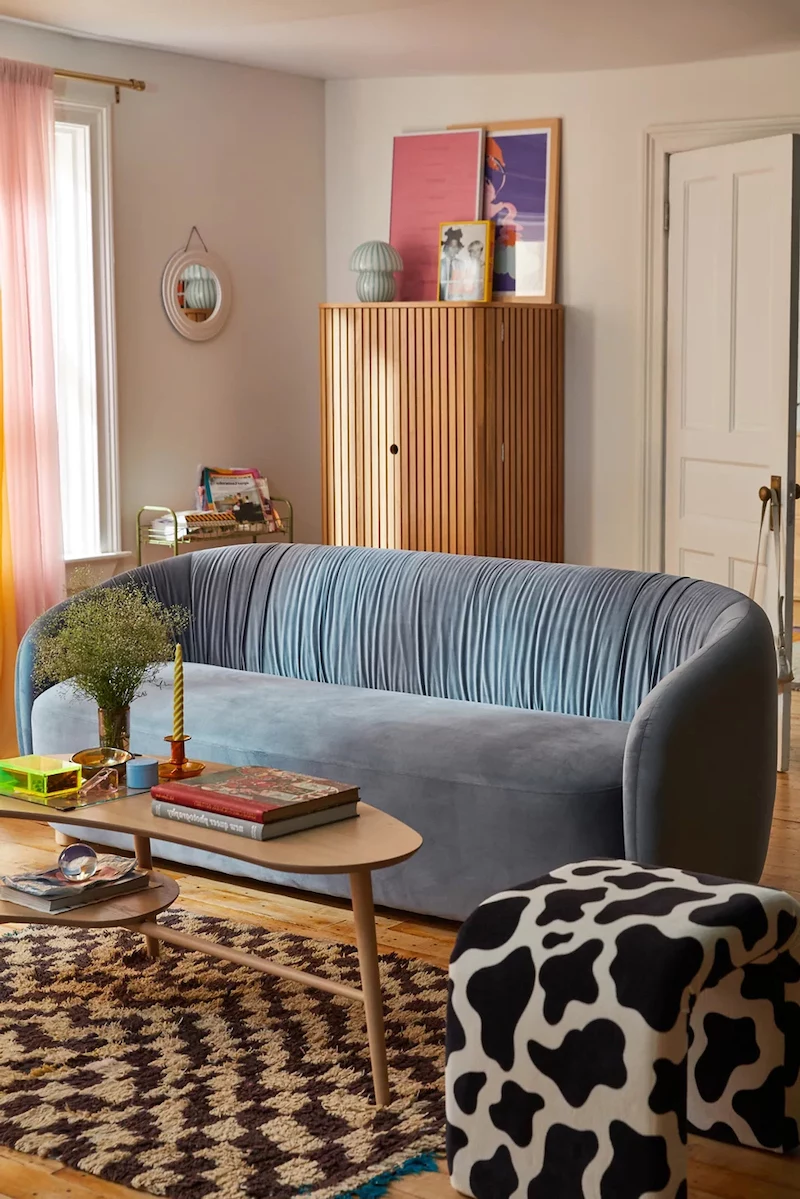
How to Layer Like a Pro: Texture & Pattern
Ever walked into a room that just felt a little… flat? Even if the colors were nice? It was probably lacking texture. Texture is what gives a space depth and life. It’s not just how things feel, but how they play with light. A plush velvet pillow absorbs light, making its color look deep and rich. A sleek metal lamp reflects light, making it sparkle.
The Simple Recipe for Mixing Textures
People often get scared of mixing textures because they don’t want things to clash. But a rich, inviting room needs variety! I use a simple rule of thumb: try to include something from each of these three categories.
- Something Soft & Plush: This is for comfort and coziness. Think a velvet sofa, a fluffy bouclé chair, a thick wool rug, or a cashmere throw.
- Something Coarse & Natural: This adds a grounding, organic vibe. For example, you could get a jute rug (a good 5×8 rug costs around $150-$300), some linen-blend curtains ($50-$150 per panel), a rattan side chair, or even a simple terracotta plant pot ($20).
- Something Smooth & Sleek: This provides a clean, modern contrast and reflects light. This could be a leather armchair, a polished marble side table, or metal and glass accents like lamps and vases.
By consciously pulling from each group, you create a balanced space that’s interesting to look at and touch.
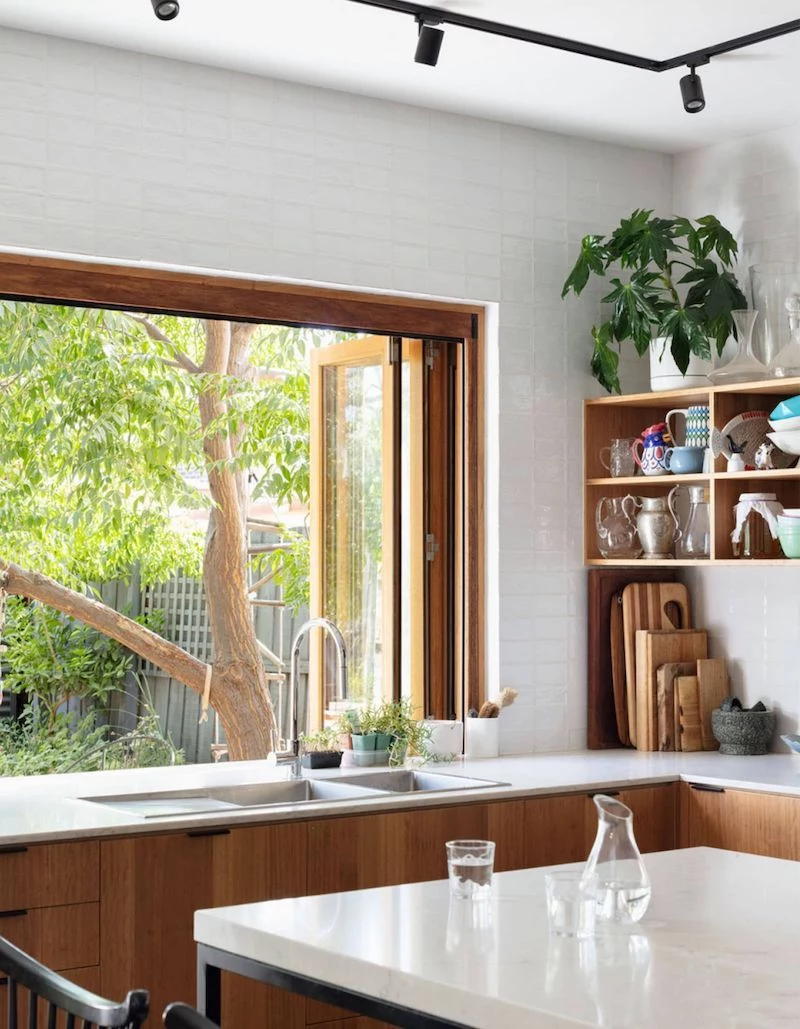
The Foolproof Formula for Mixing Patterns
Mixing patterns follows a similar logic. The secret isn’t about the patterns themselves, but about their scale and color story. As long as they share a few common colors, they’ll feel connected, not chaotic.
Here’s the formula I use on nearly every project:
- Pick Your Lead Pattern: This is your biggest, boldest pattern. It might be on a large area rug or on your curtains. This piece sets the color palette for the whole room.
- Add a Secondary Pattern: This one should be about half the scale of your lead. So, if your rug has a large floral design, your accent chairs might have a medium-sized stripe or geometric print in colors pulled from the rug.
- Toss in a Third Pattern: This is your smallest, most subtle pattern. Think of a tiny pinstripe, a simple dot, or a textured herringbone. This is perfect for small throw pillows or a lampshade.
It’s a simple recipe that works every single time and stops a room from feeling boring.
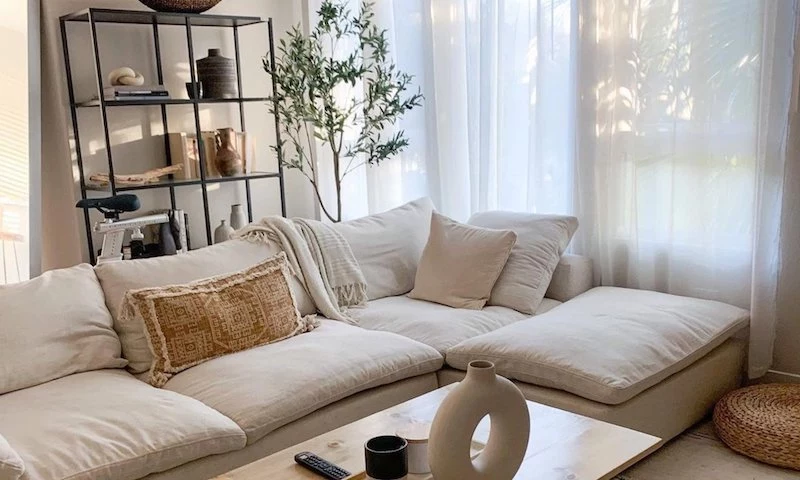
The Smart Way to Use Color
Color is the fastest and cheapest way to completely change the mood of a room. It’s also the thing that intimidates people the most. The fear of picking the ‘wrong’ color is real!
The Biggest Mistake People Make with Paint
The number one mistake I see is someone picking a paint color in the harsh fluorescent light of a hardware store, based on a tiny 2-inch paper chip. Here’s the deal: every color has undertones (subtle hints of other colors), and the light in your home will bring them out. That perfect-looking gray on the chip might suddenly look baby blue or sad lavender on your walls.
My process is non-negotiable, and it will save you so much pain:
- Buy sample pots of your top 2-3 colors. They usually cost between $5 and $10 each. Spending $30 on samples to avoid a $500 repainting job is the best money you’ll ever spend. (By the way, a great alternative is peel-and-stick samples from companies like Samplize. No mess!)
- Paint big squares (at least 2×2 feet) on a couple of different walls in the actual room.
- Watch those squares for at least 48 hours. See how they look in the bright morning light, at midday, and at night with your lamps on. The color’s true personality will show itself.
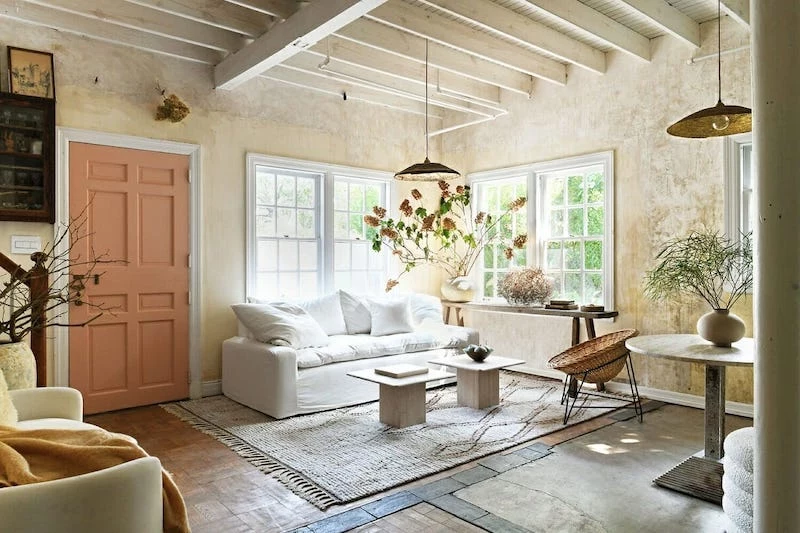
Using Wallpaper Strategically
Wallpaper is back in a big way, but use it as a strategic tool, not a blunt instrument. Covering a whole living room in a busy print can be overwhelming. Instead, use it for maximum impact in smaller, targeted areas.
- The Powder Room: A small guest bath is the perfect place to go bold! Because you don’t spend hours in there, you can use a dramatic, large-scale paper that turns a tiny room into a stunning jewel box.
- An Accent Wall: The wall behind your bed or sofa is a classic spot for an accent. It creates a powerful focal point without taking over the whole space.
- Unexpected Places: For a high-end, custom look, try wallpapering the back of a bookshelf. It makes the items on the shelves really pop. Another pro move is wallpapering a ceiling to add drama and make a room feel cozier.
A quick note on types: vinyl wallpapers are scrubbable and durable (great for kitchens), often running $2-$5 per square foot. Non-woven papers are more breathable and easier to install and remove. Natural fiber papers like grasscloth are gorgeous and textural but delicate and pricier, often $8+ per square foot—best for low-traffic areas.
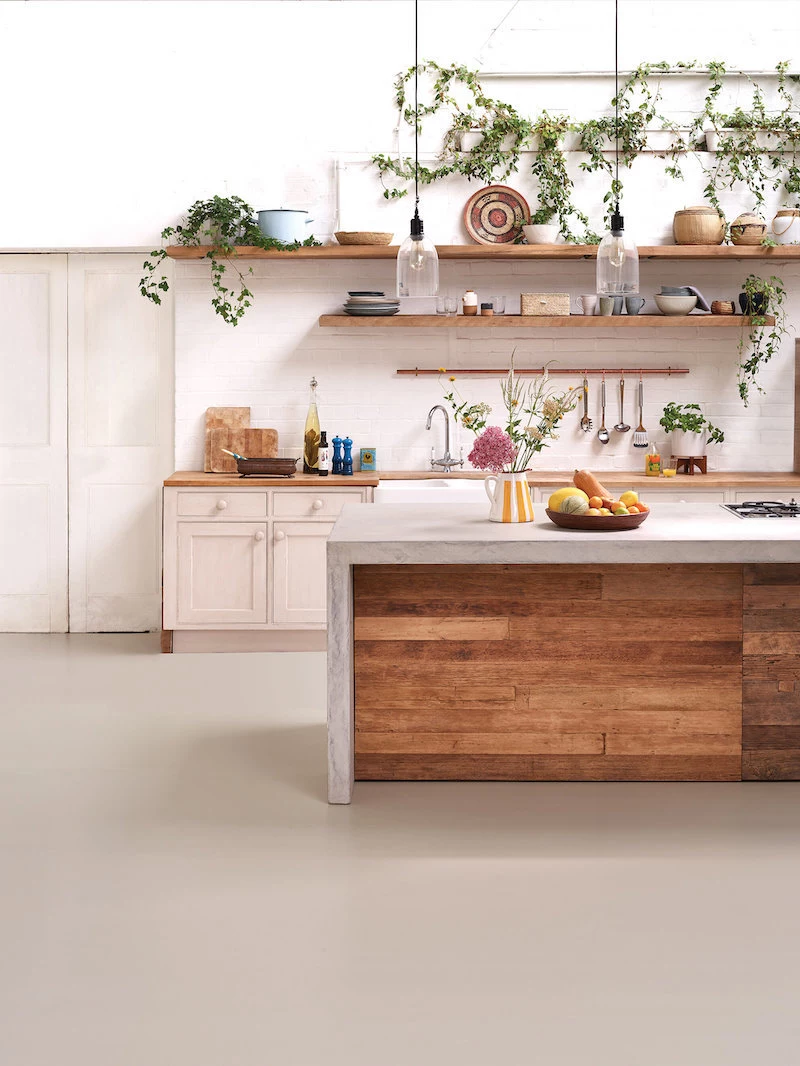
Let a Little Nature In
Bringing nature indoors—what designers call biophilia—is more than just buying a few houseplants. It’s based on the idea that we have a deep, innate need to connect with the natural world for our well-being. A space with these elements just feels calmer and more alive.
How to Do It in a Real Way
You don’t need a massive renovation. Start by maximizing natural light—swap heavy drapes for sheerer curtains. Incorporate natural materials wherever you can: a jute rug, a wool blanket, linen pillows. These things feel honest and grounding.
And yes, get some plants! But be realistic. For a low-light corner, a Snake Plant or a ZZ Plant is your new best friend. Seriously, they thrive on neglect. I tell my clients to ignore them for a month, then give them a cup of water. They’re basically plastic plants that are alive. The popular Fiddle Leaf Fig, on the other hand, is beautiful but notoriously fussy. I’ve seen more of them killed by too much love (overwatering) than by neglect.
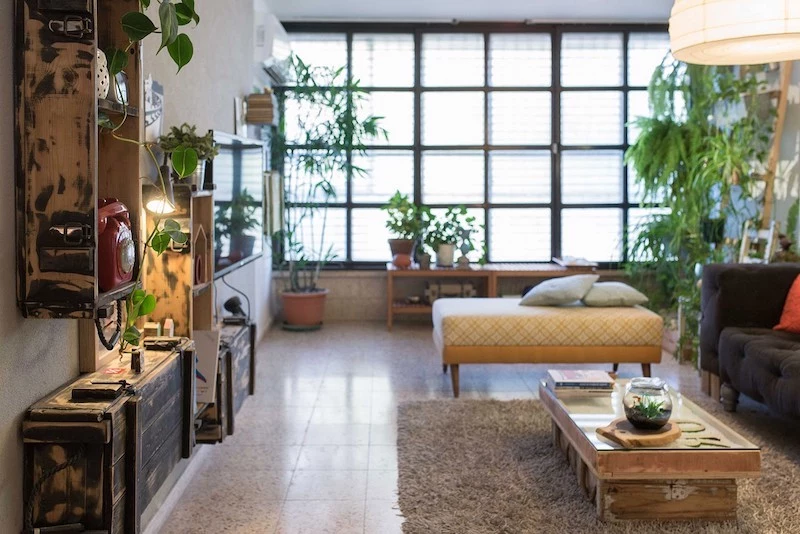
Ultimately, creating a home with substance is about being thoughtful. It’s about looking past the fads and focusing on what truly creates comfort and beauty. And here’s a little challenge for you: next time you’re in a furniture store, go on a scavenger hunt. Try to find one piece of solid wood, one with veneer, and one made of particle board. Tap on them, open the drawers, feel the edges. You’ll become a pro at spotting real quality in no time.
Inspirational Gallery
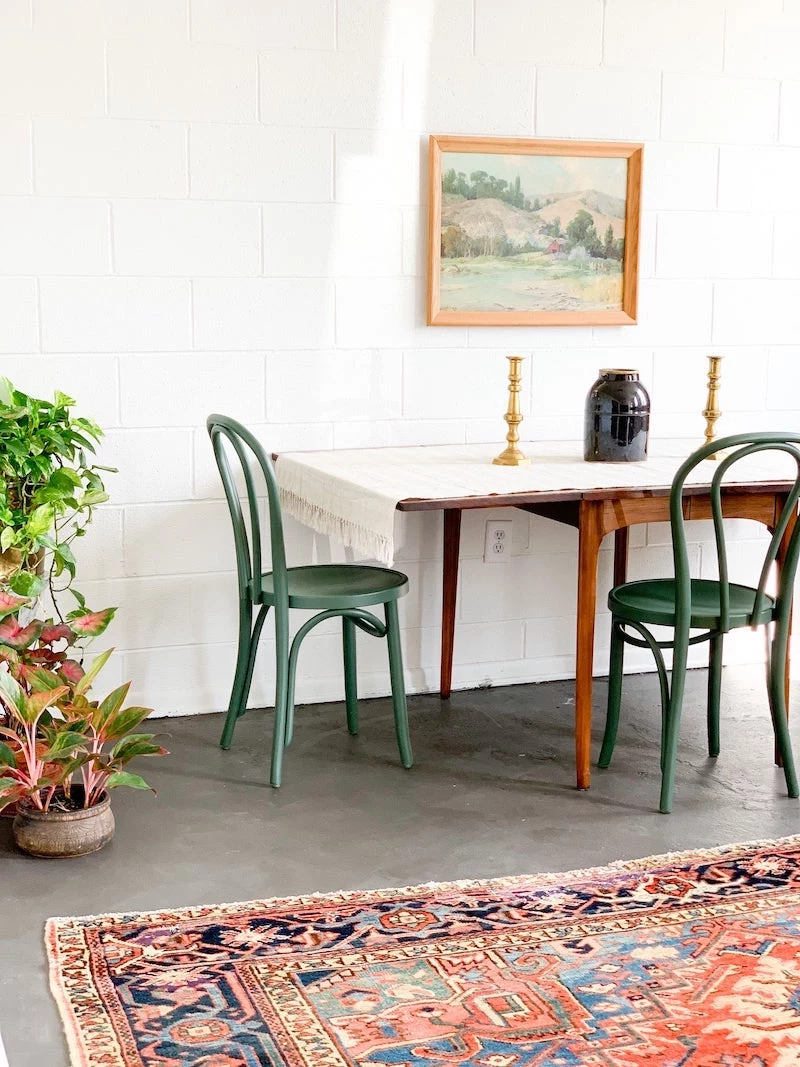
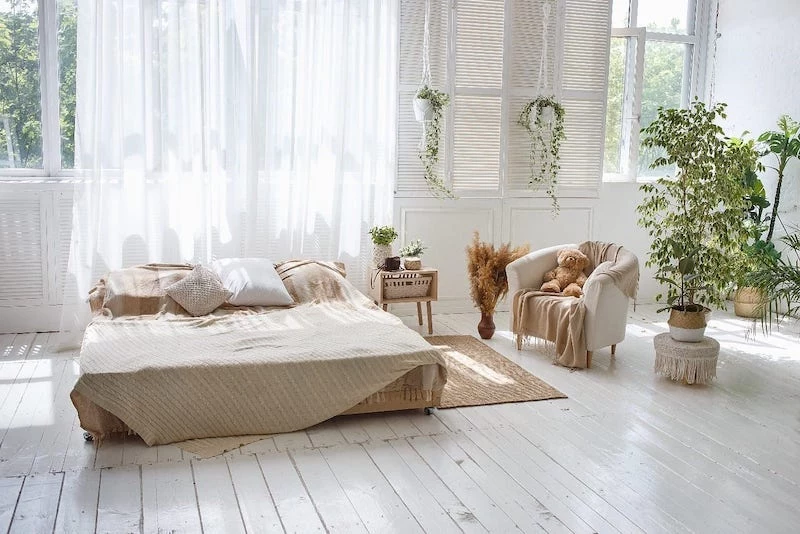
The Patina Principle: Don’t fear wear and tear on quality materials—embrace it. A solid oak dining table from a brand like Ethnicraft or a full-grain leather armchair doesn’t just age; it develops a patina. These subtle scuffs, marks, and softened edges tell the story of your life, adding a layer of authenticity that brand-new, mass-produced items can never replicate. It’s the ultimate expression of a home that is truly lived in.
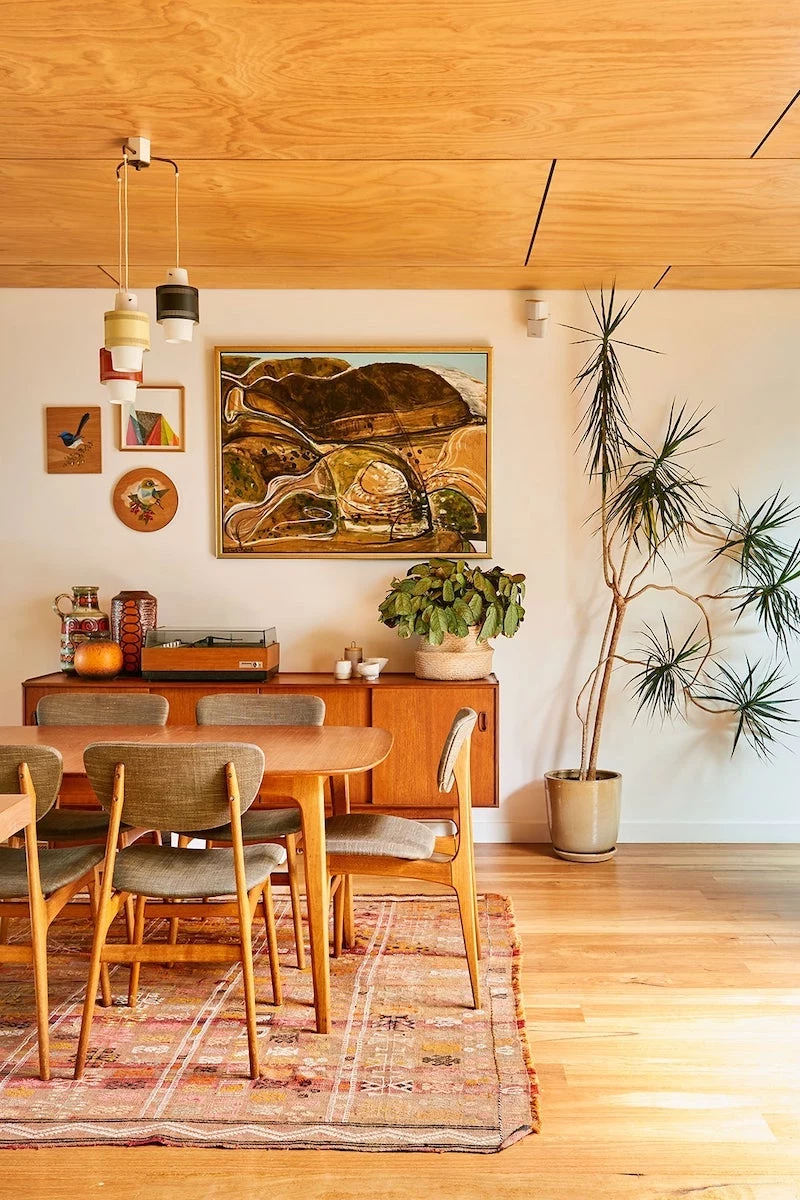
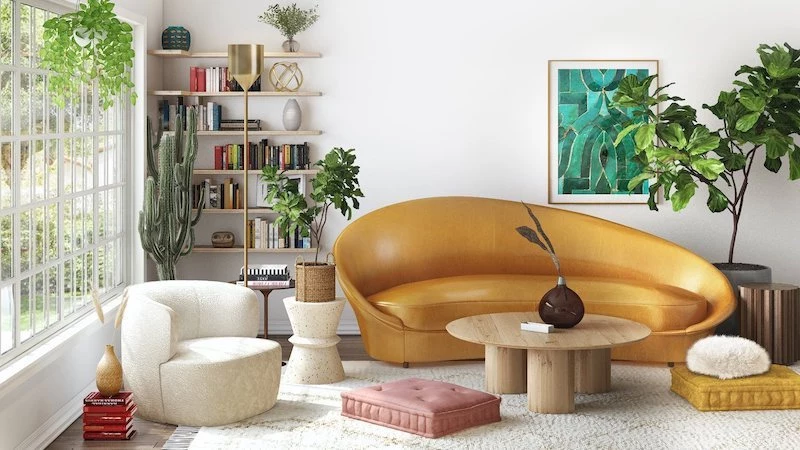
How do I choose a sofa that won’t look dated in five years?
Look past the trendy bouclés (unless you truly love it!) and focus on a classic silhouette with simple, clean lines. Think of shapes like the English roll-arm or a straightforward track-arm sofa. Opt for upholstery in a durable, neutral fabric like a high-performance linen-blend or a versatile weave. You can always introduce trendier colors and patterns through pillows and throws, which are far easier and cheaper to swap out than an entire sofa.
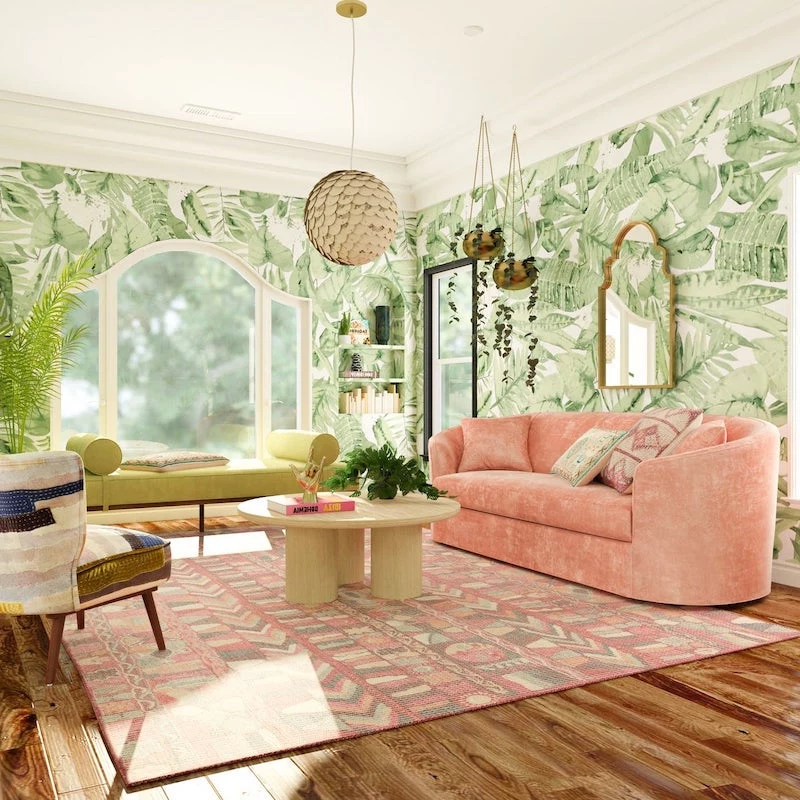
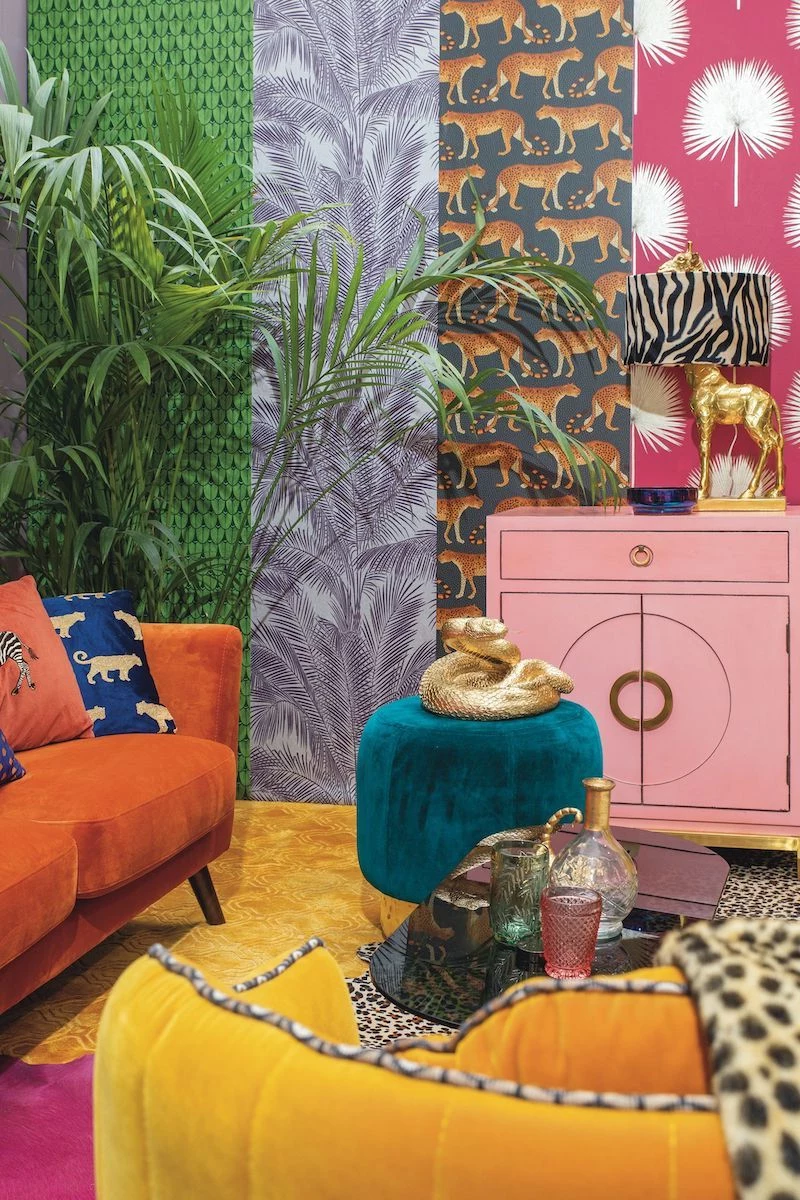
- A comfortable, well-proportioned armchair.
- A sturdy, versatile side table.
- A beautifully crafted floor lamp.
- A large, simple mirror with a classic frame.
These aren’t just pieces of furniture; they are the foundational archetypes of a timeless room. Invest in quality versions of these four items, and you’ll have anchors that work in any space, for any style, for decades to come.

Natural Fibers: For textiles that last and feel luxurious, natural is almost always best. A Belgian linen curtain from a maker like Barn & Willow drapes beautifully and softens with age. A wool rug provides incredible durability and warmth underfoot, while simple cotton velvet pillows add a touch of luxe without feeling ostentatious.
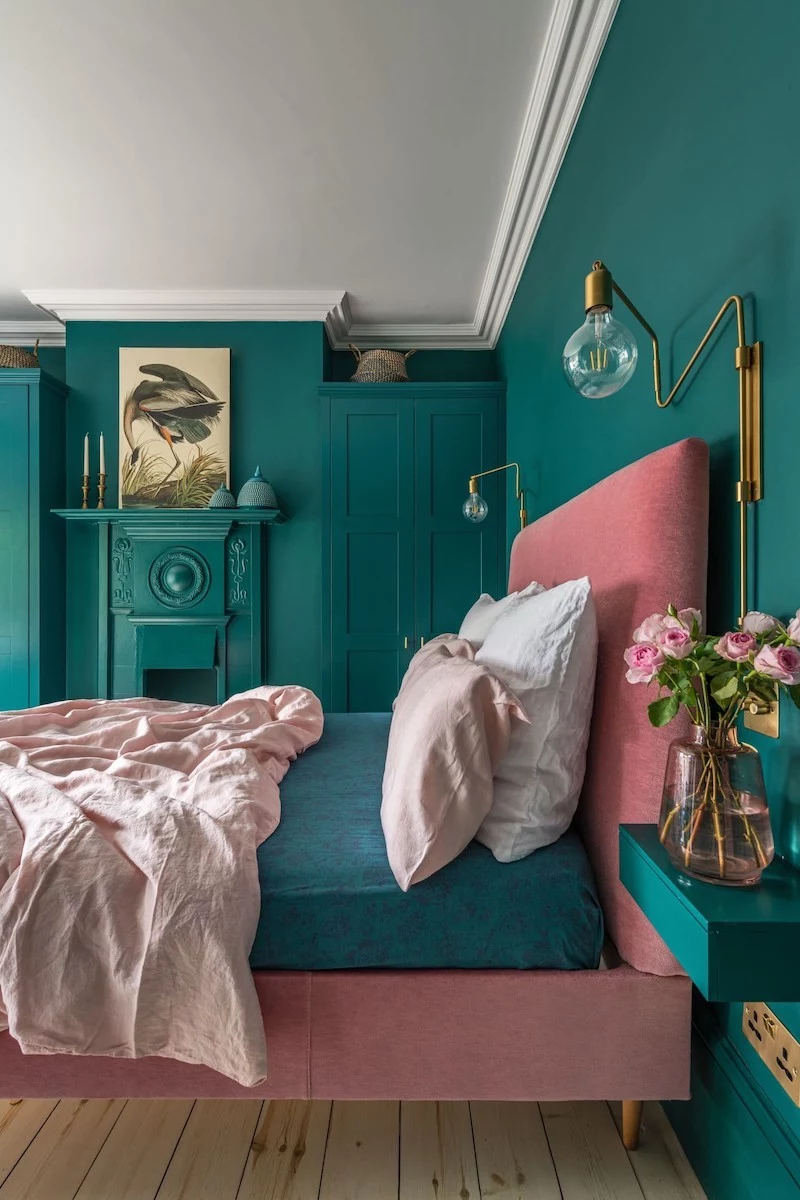
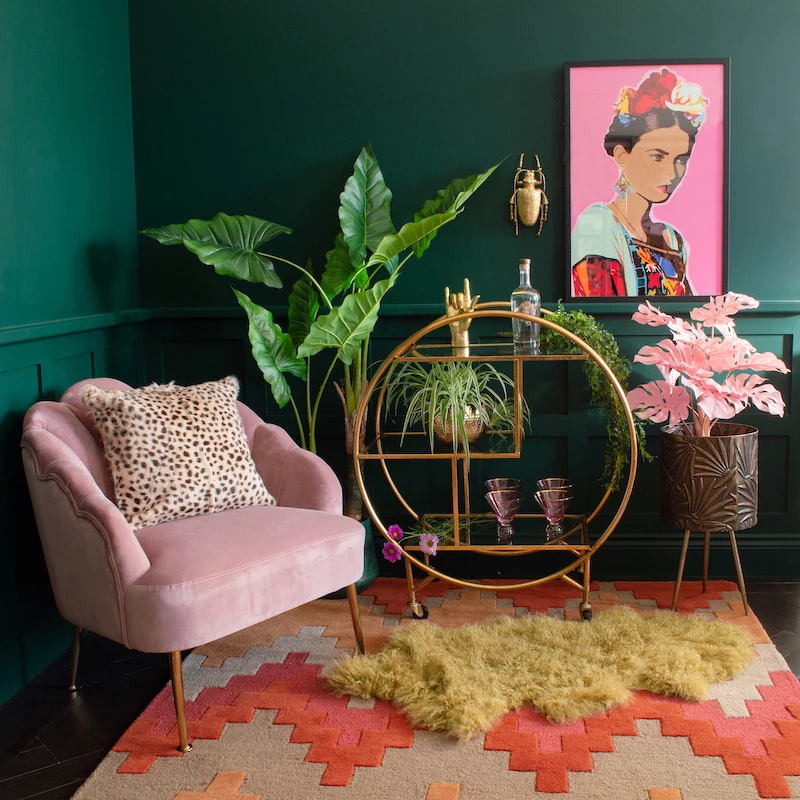
Investment Piece vs. Budget Find:
Investment Piece: Your bed frame. It’s the centerpiece of your bedroom and you use it every single day. A solid wood or fully upholstered frame from a quality brand like Thuma or Saatva provides a sturdy, timeless foundation.
Budget Find: Your nightstands. They don’t need to be a perfect match. Scour flea markets or vintage shops for unique, charming pieces with character that can be had for a fraction of the price of new.
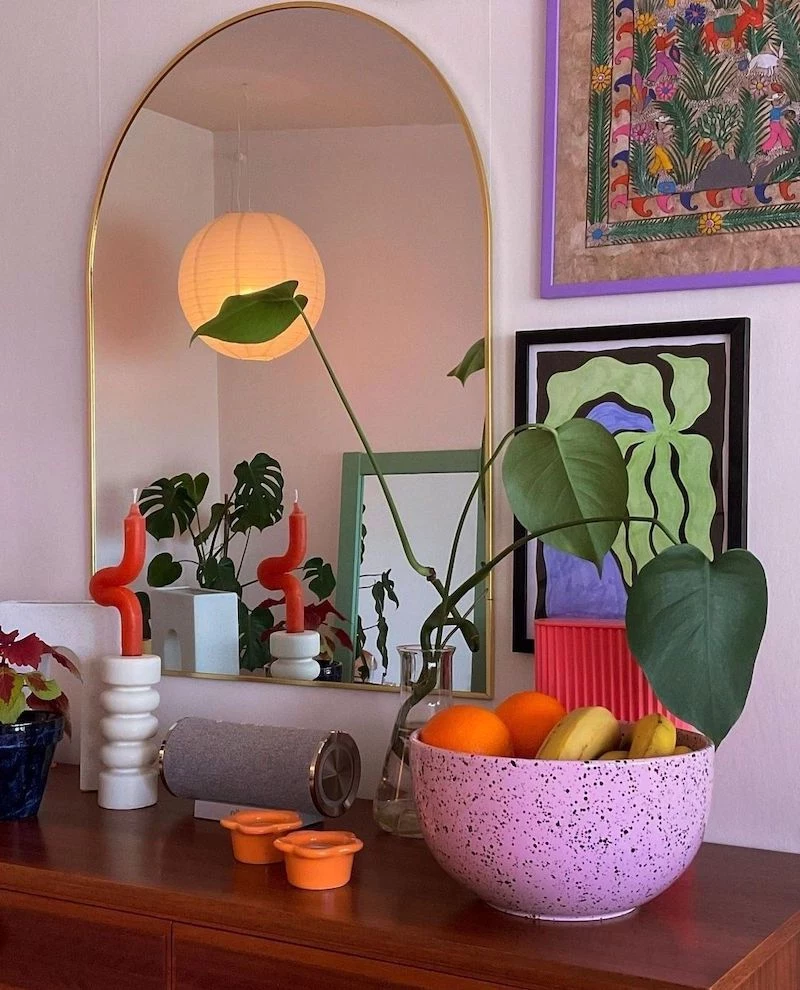

According to a 2018 EPA study, over 9.7 million tons of furniture ended up in U.S. landfills.
This staggering figure highlights the environmental cost of our throwaway culture. By consciously choosing well-made items intended to last a lifetime, you’re not just creating a more beautiful home—you’re making a powerful statement against disposability and for a more sustainable future.
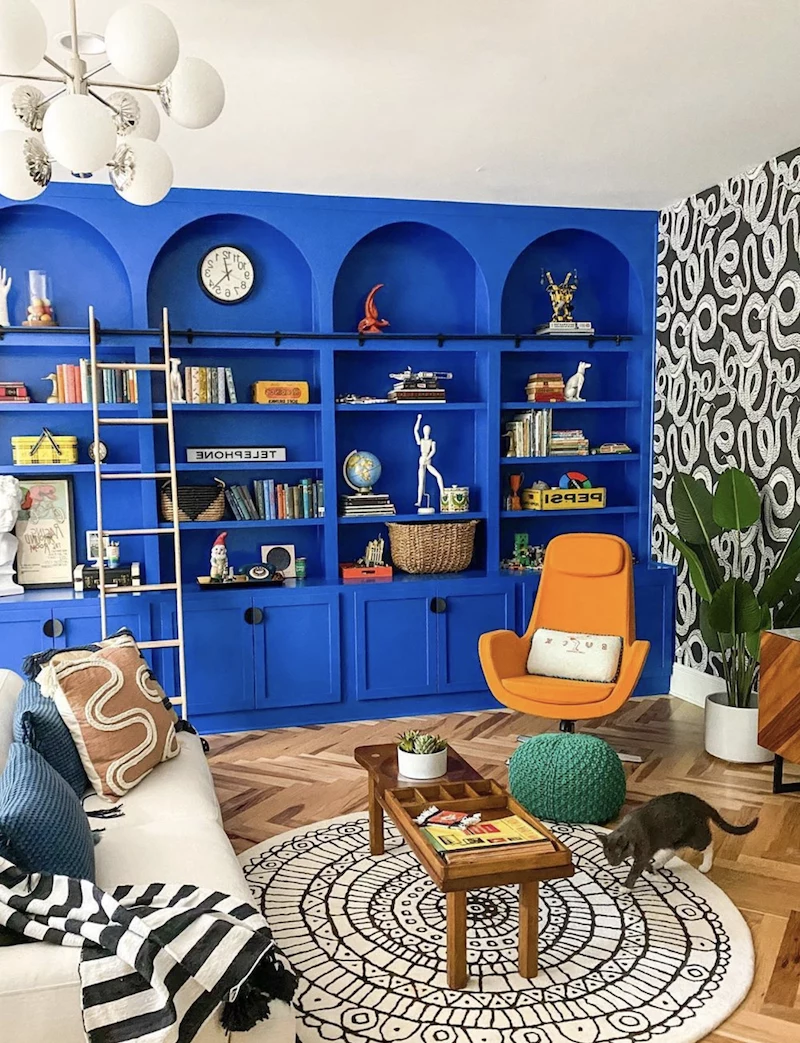
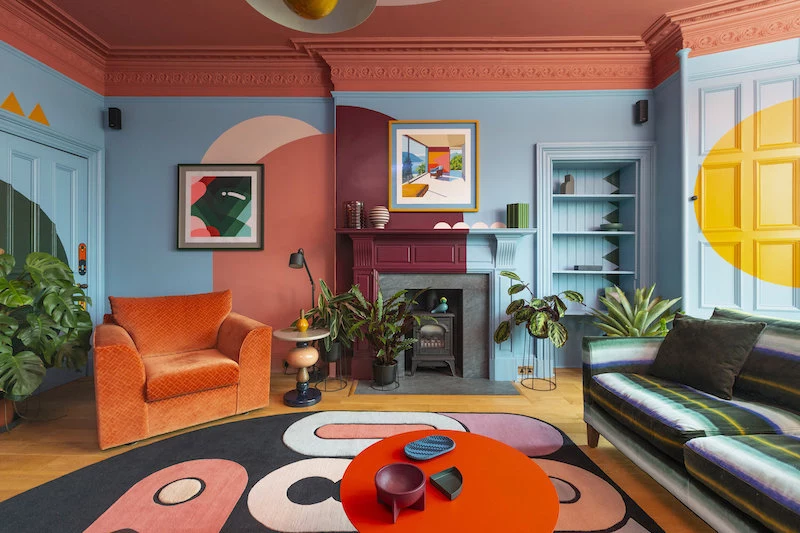
Before settling on a paint color, buy sample pots and paint large swatches on at least two different walls. Live with them for a few days. Notice how Benjamin Moore’s ‘Simply White’ looks crisp in the morning sun but might feel stark at night, while Farrow & Ball’s ‘School House White’ holds a gentle warmth throughout the day. Light is the secret ingredient, and it changes everything.
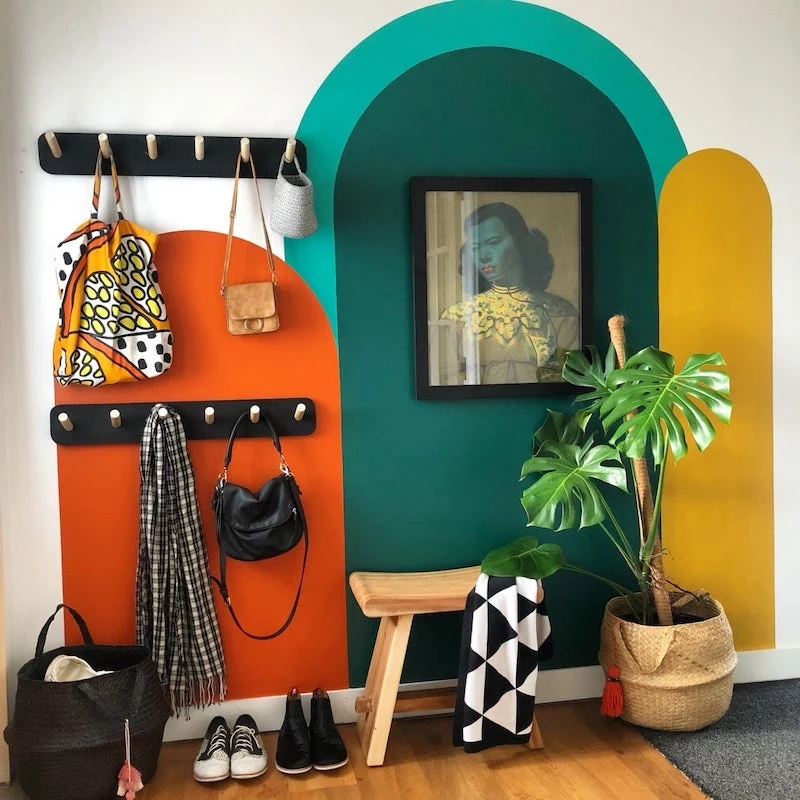
A common mistake: Buying a matching set of furniture. While it seems like an easy solution, a room full of pieces from the same collection can feel flat, impersonal, and look like a showroom floor. The most inviting and timeless rooms achieve a ‘collected over time’ feel by thoughtfully mixing styles, materials, and eras.

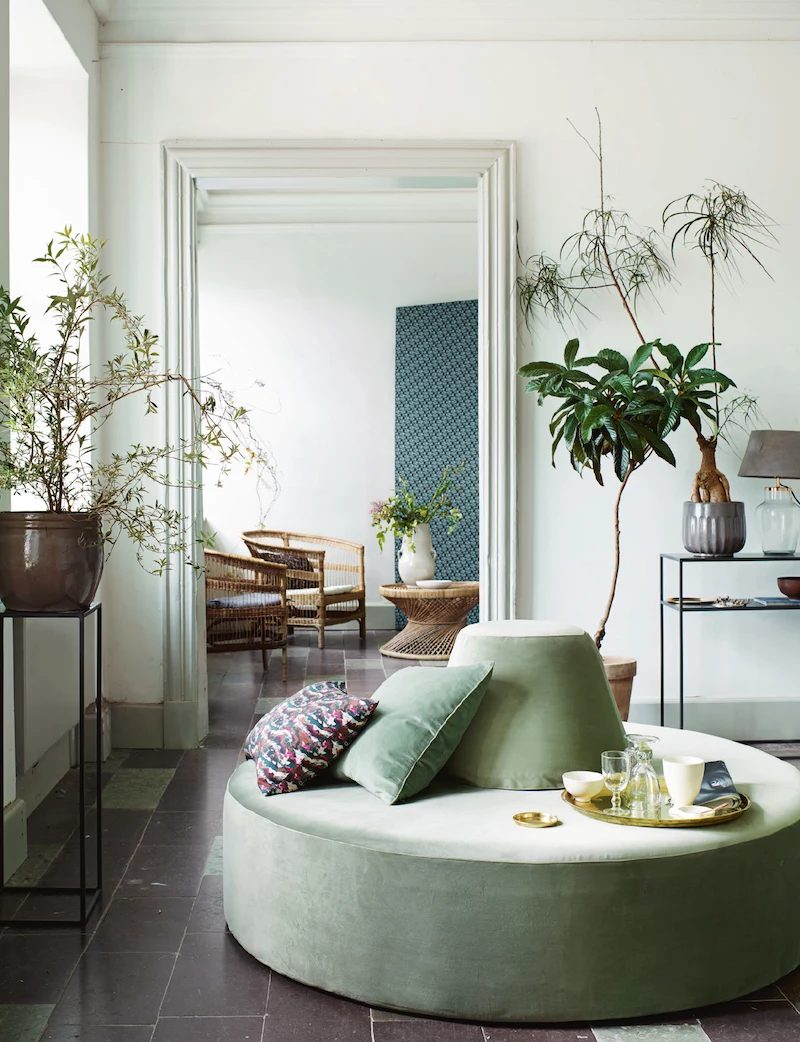
- It introduces a unique story.
- It creates visual tension and interest.
- It prevents your home from looking like a catalogue.
The secret? Mixing old with new. Pairing a sleek, modern dining table with vintage Windsor chairs, or placing a cherished antique chest in a contemporary living room, creates a space that feels layered, personal, and curated just for you.
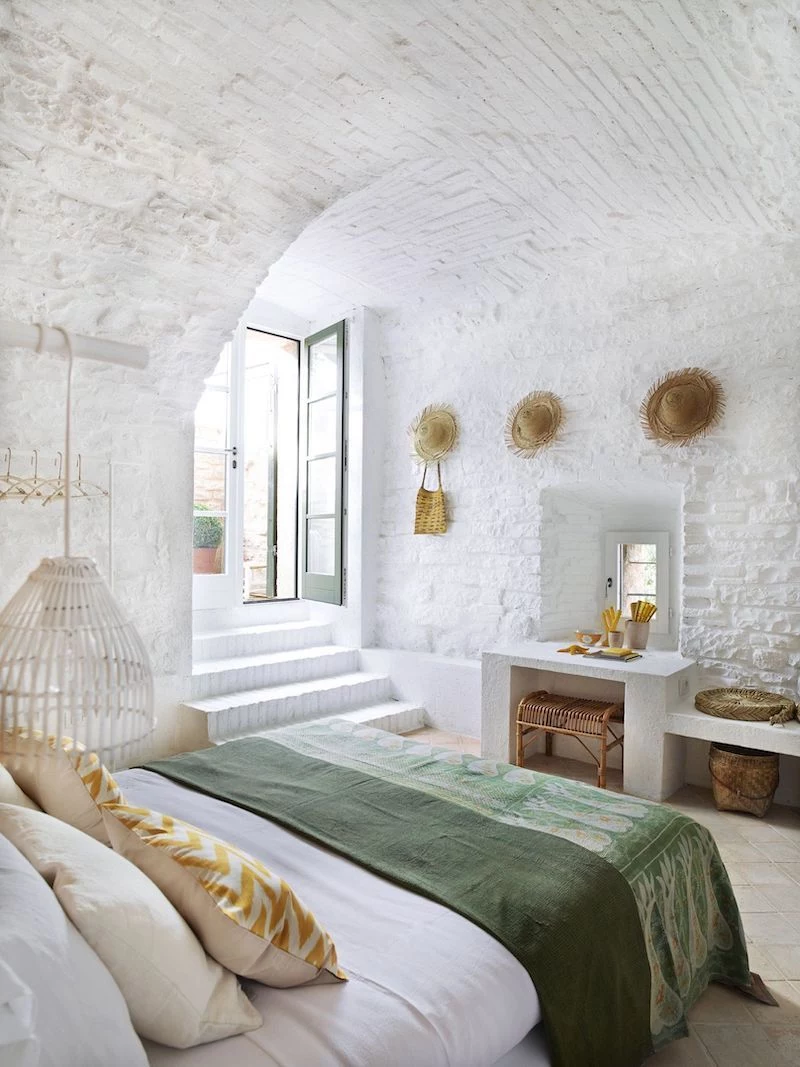
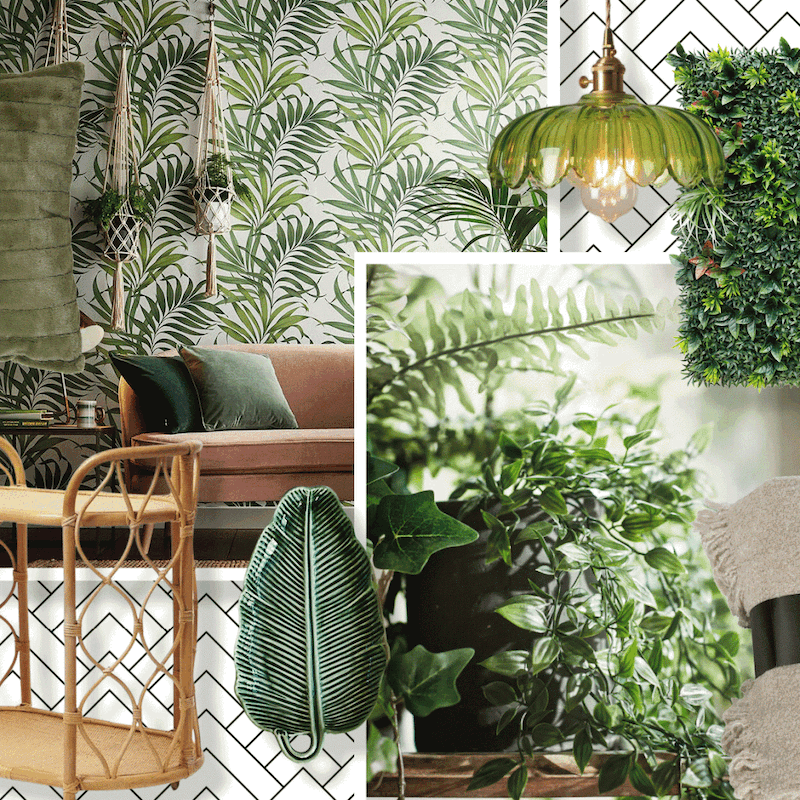
Your art collection doesn’t have to be expensive; it just has to be yours. A gallery wall can be a stunning focal point that tells your story. Mix it up: combine a fine art print with your child’s first painting, a framed postcard from a memorable trip, and a beautiful architectural photo. The key to cohesion is a consistent element, like a similar frame color or a shared color palette within the pieces.
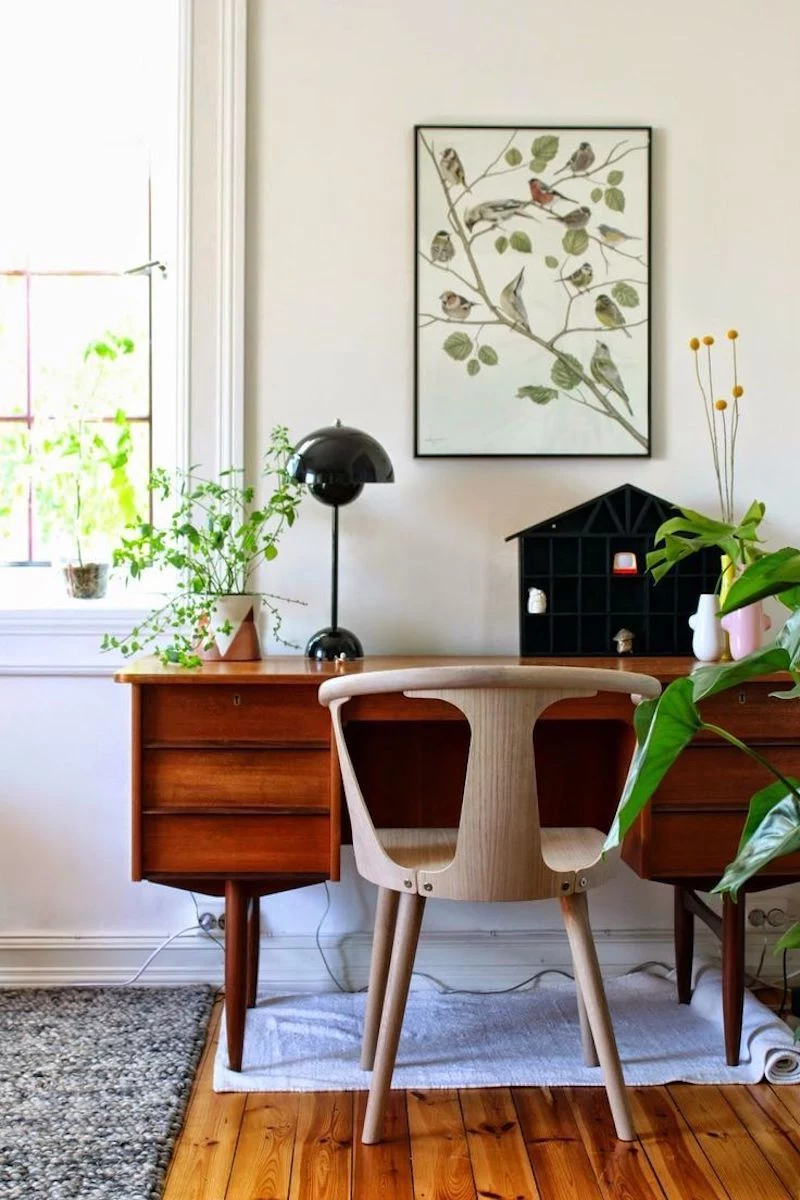

The iconic Noguchi coffee table, designed by Isamu Noguchi in 1947, is still a bestseller for Herman Miller today.
This is the power of authentic design. When form is stripped back to its most elegant and functional essence, it transcends trends. Investing in a piece with true design heritage means you’re buying an object that has already proven its ability to stay relevant for over 75 years.
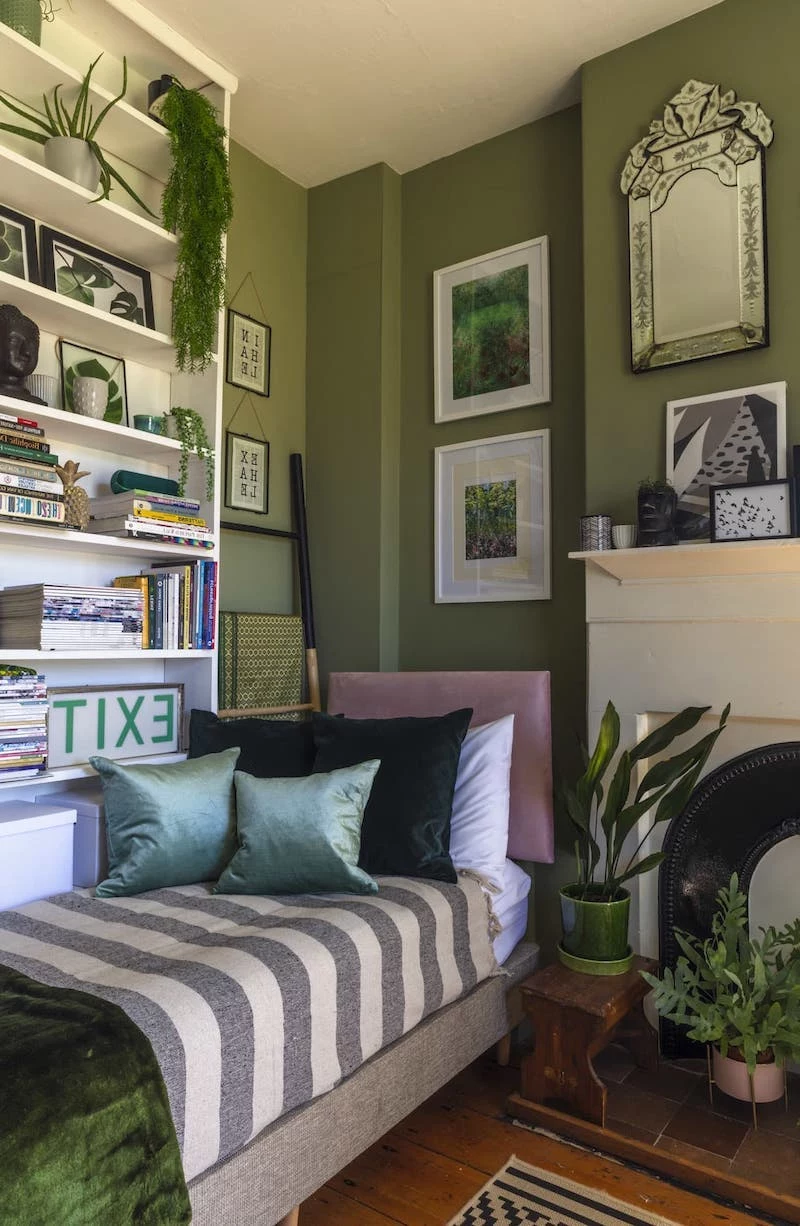
Is ‘Japandi’ a trend or a timeless style?
While the name is trendy, the principles are not. Japandi is a fusion of Scandinavian function and Japanese rustic minimalism. It champions clean lines, natural materials like light woods and stone, and a focus on craftsmanship. Because it’s built on a philosophy of simplicity, nature, and uncluttered living, its core elements are inherently timeless and will continue to feel relevant long after the buzzword fades.
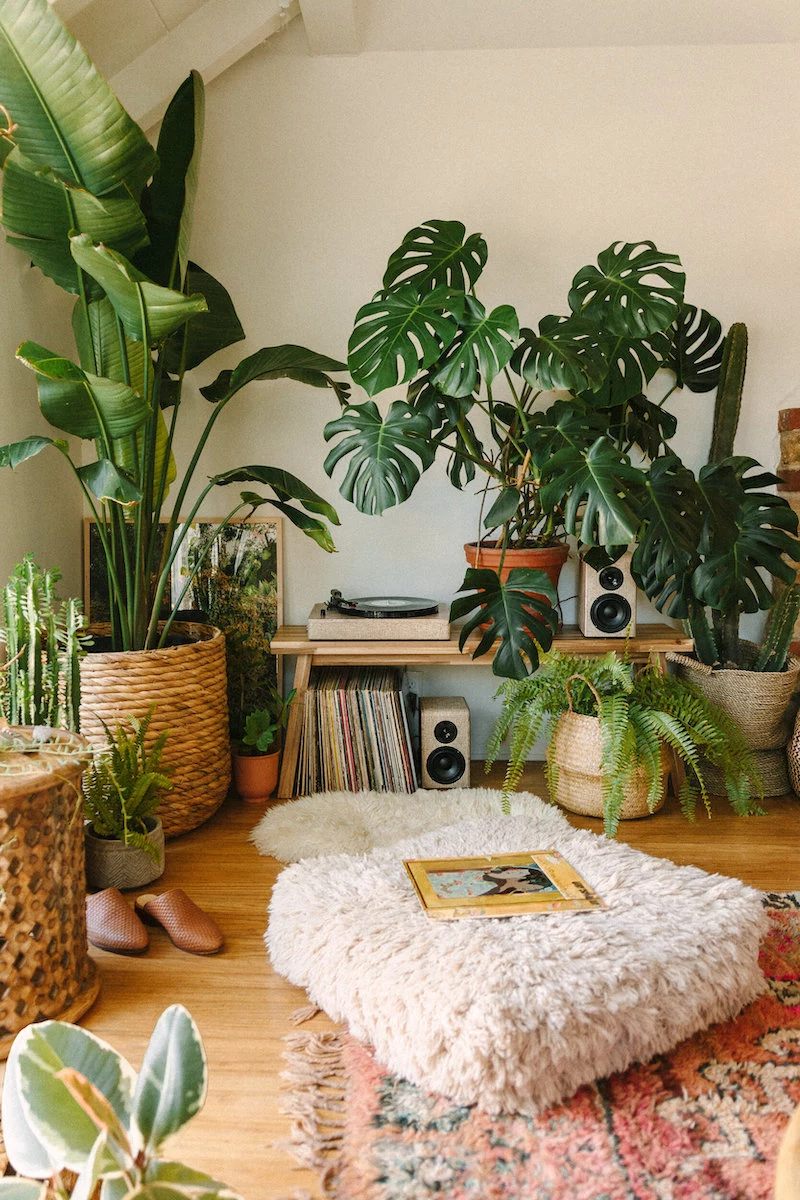

Layering your lighting is crucial for creating atmosphere. Every room should have at least three sources of light:
- Ambient: The overall illumination, like recessed lights or a ceiling fixture.
- Task: Focused light for activities, like a reading lamp by a chair or under-cabinet lighting in the kitchen.
- Accent: Light that highlights features, like a spotlight on artwork or an uplight behind a plant.
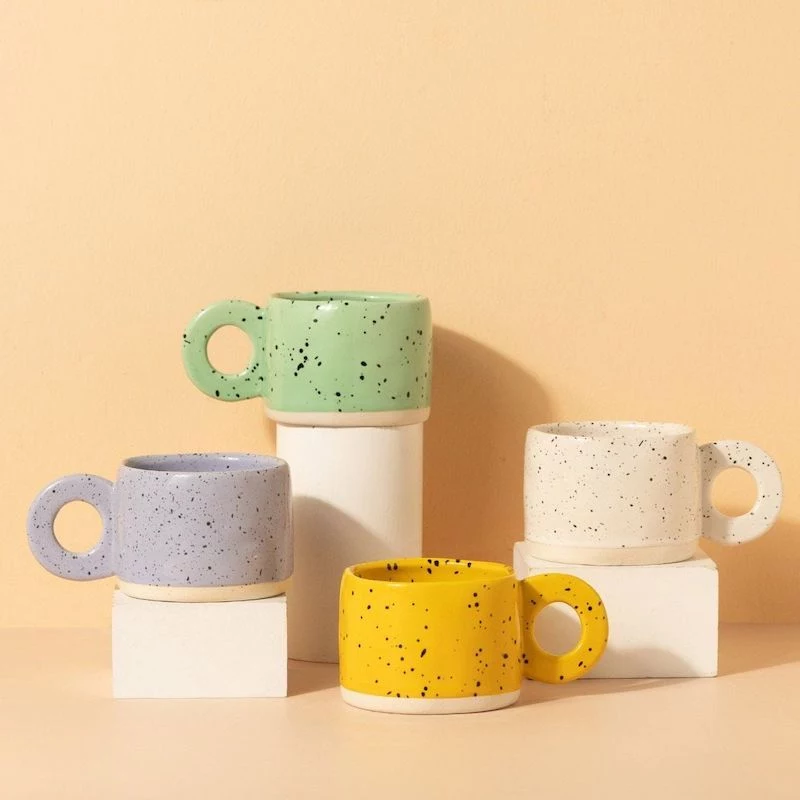
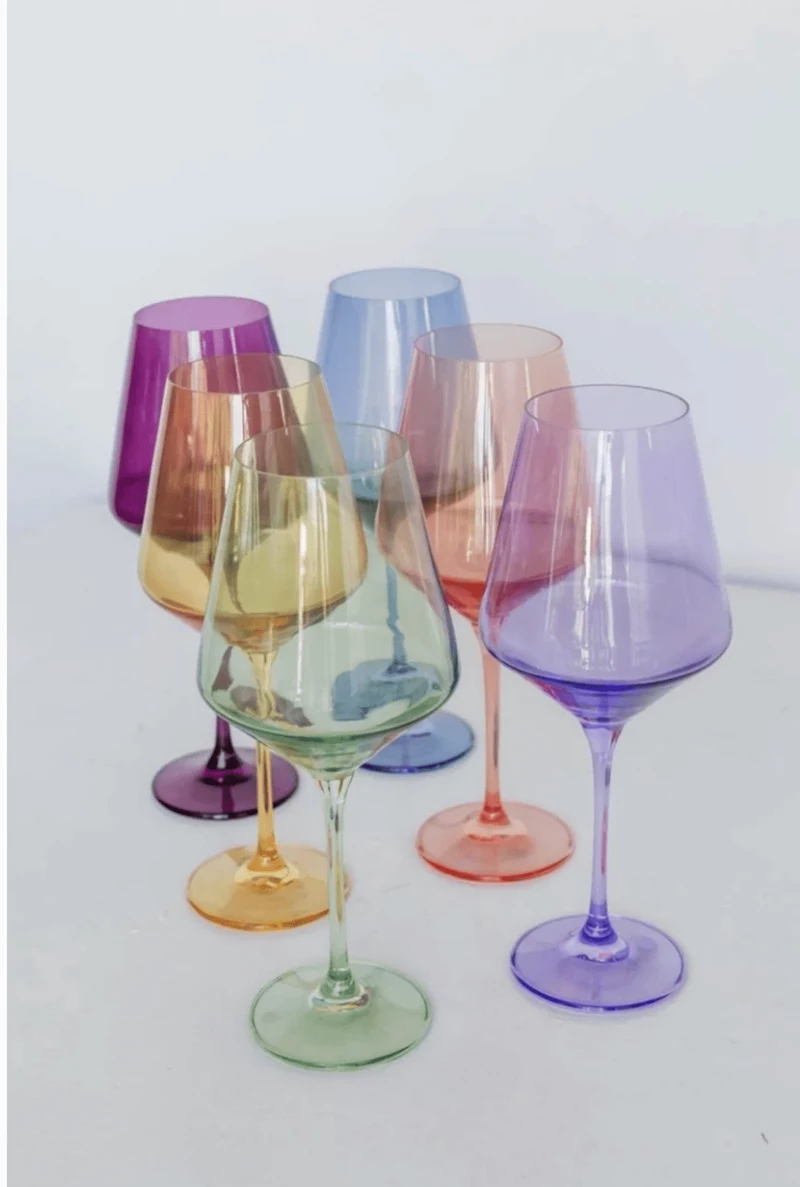
Consider the ‘Five Senses’ test for any room. It has timeless appeal if it *looks* beautiful (color, light), *feels* comfortable (soft textures, ergonomic shapes), *sounds* pleasant (soft rugs to dampen echo), *smells* good (a subtle candle, fresh air), and even offers a hint of *taste* (a welcoming bowl of fruit on the counter). A space that engages all senses feels complete.
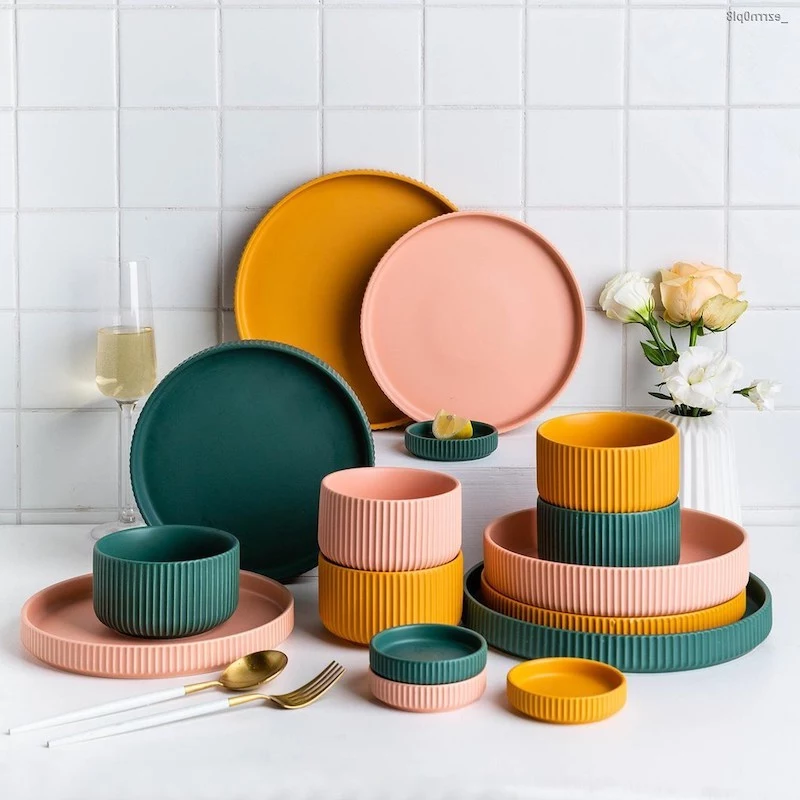
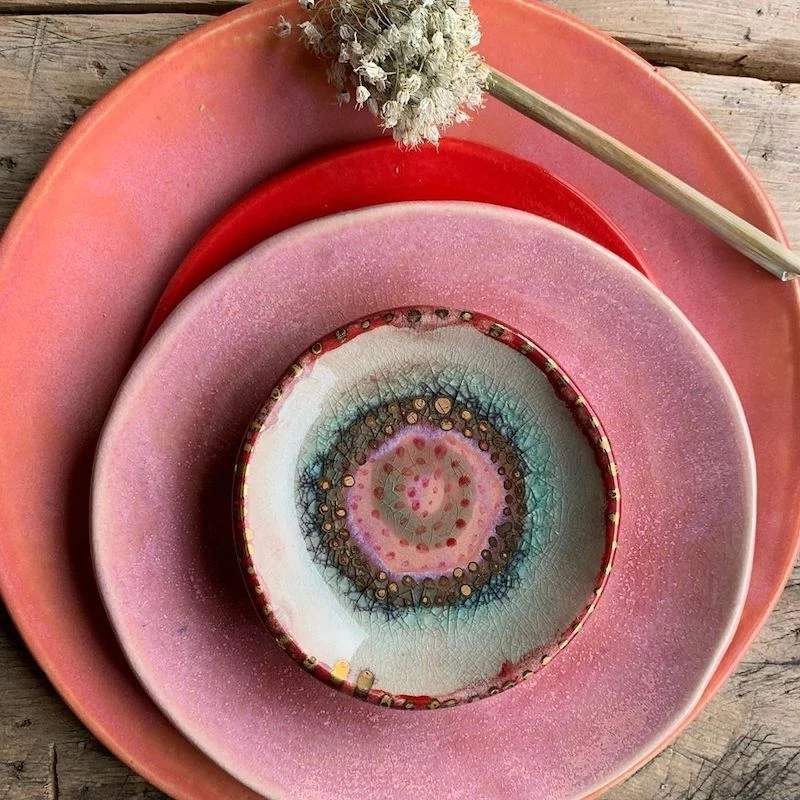
Think beyond the walls: A home’s scent is one of the most powerful and memorable elements for creating a lasting impression. Avoid overpowering plug-in air fresheners. Instead, opt for a subtle, signature scent from a quality candle brand like Diptyque or Le Labo, or use a simple essential oil diffuser with natural scents like sandalwood, cedar, or bergamot.
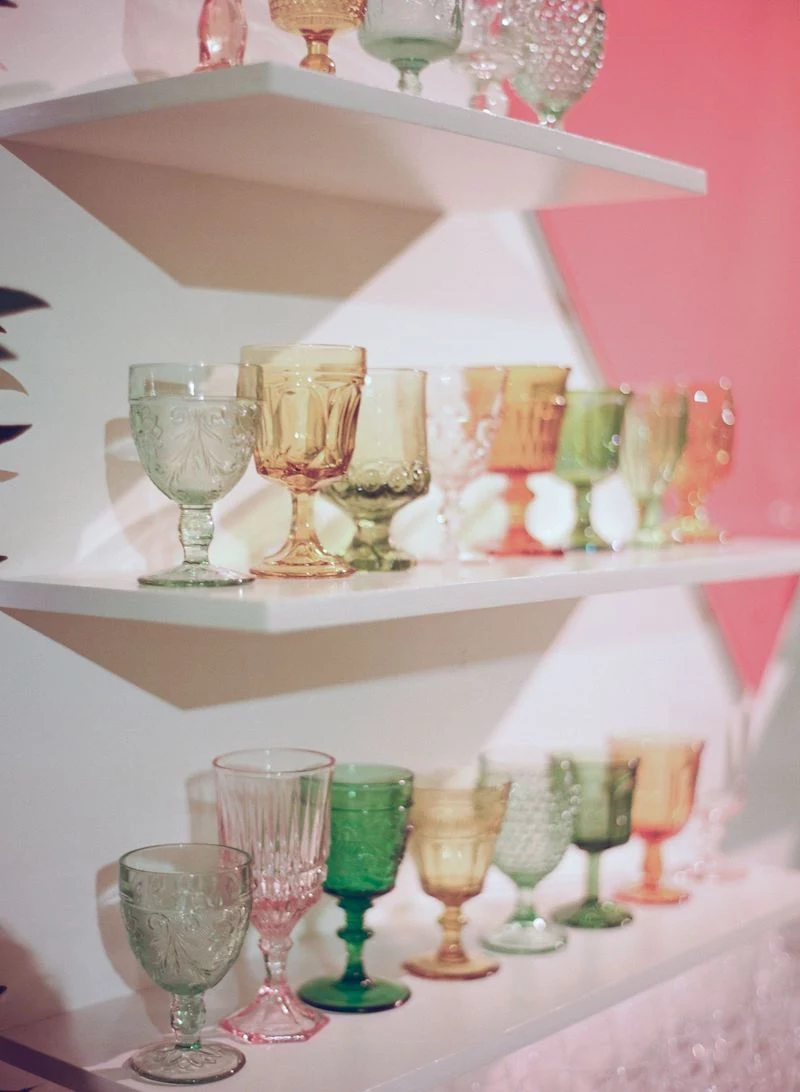
The power of books: Nothing makes a house feel more like a home than books. They add color, texture, and an immediate sense of the inhabitants’ personalities. Don’t just style them perfectly; let them live on coffee tables, stack them by your bed, and fill your shelves. A home with books is a home with a soul.
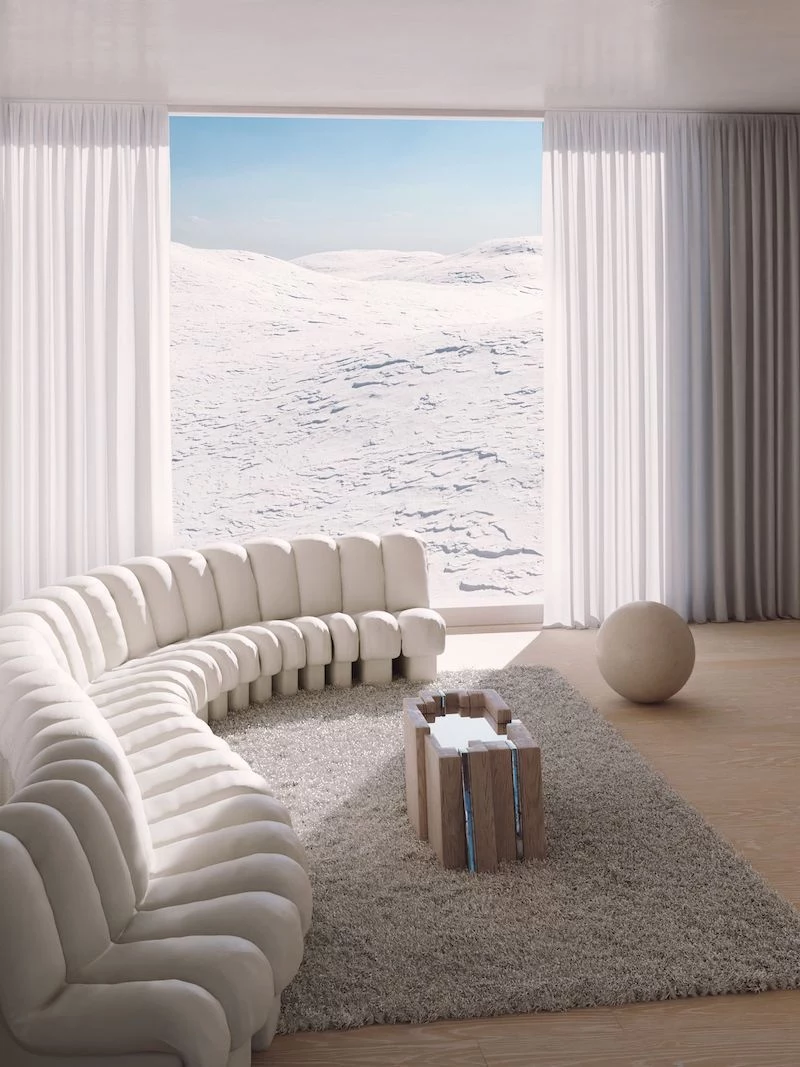
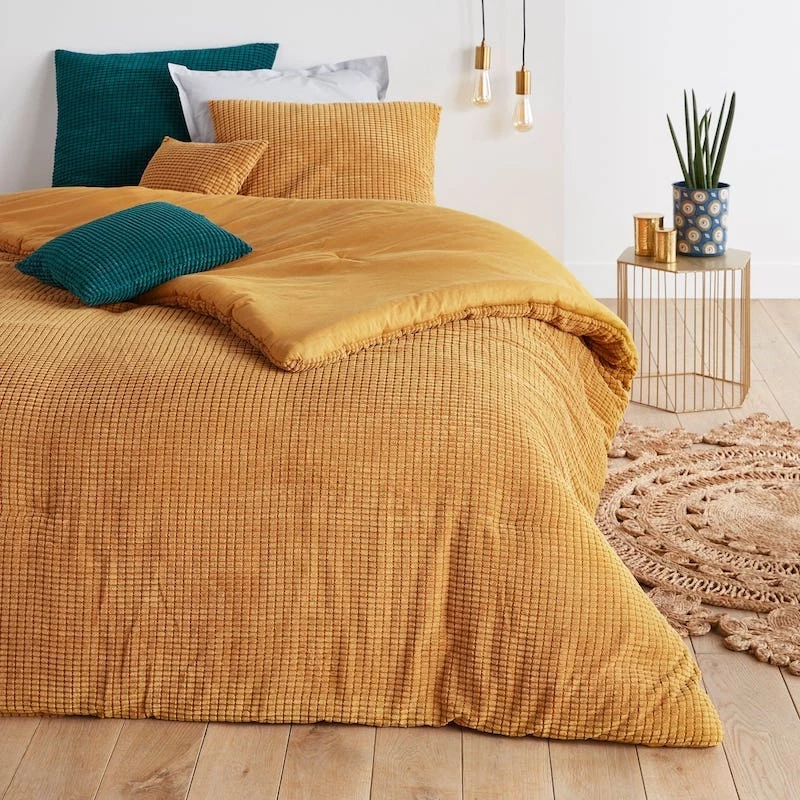
What about houseplants? Are they just a trend?
While certain plants (like the Fiddle Leaf Fig) have had their moment in the spotlight, bringing nature indoors is a core tenet of biophilic design, which has been proven to reduce stress. Classic, easy-to-care-for plants like a Snake Plant (Sansevieria), a ZZ Plant, or a Pothos will always look great and contribute to a healthier, more peaceful environment.
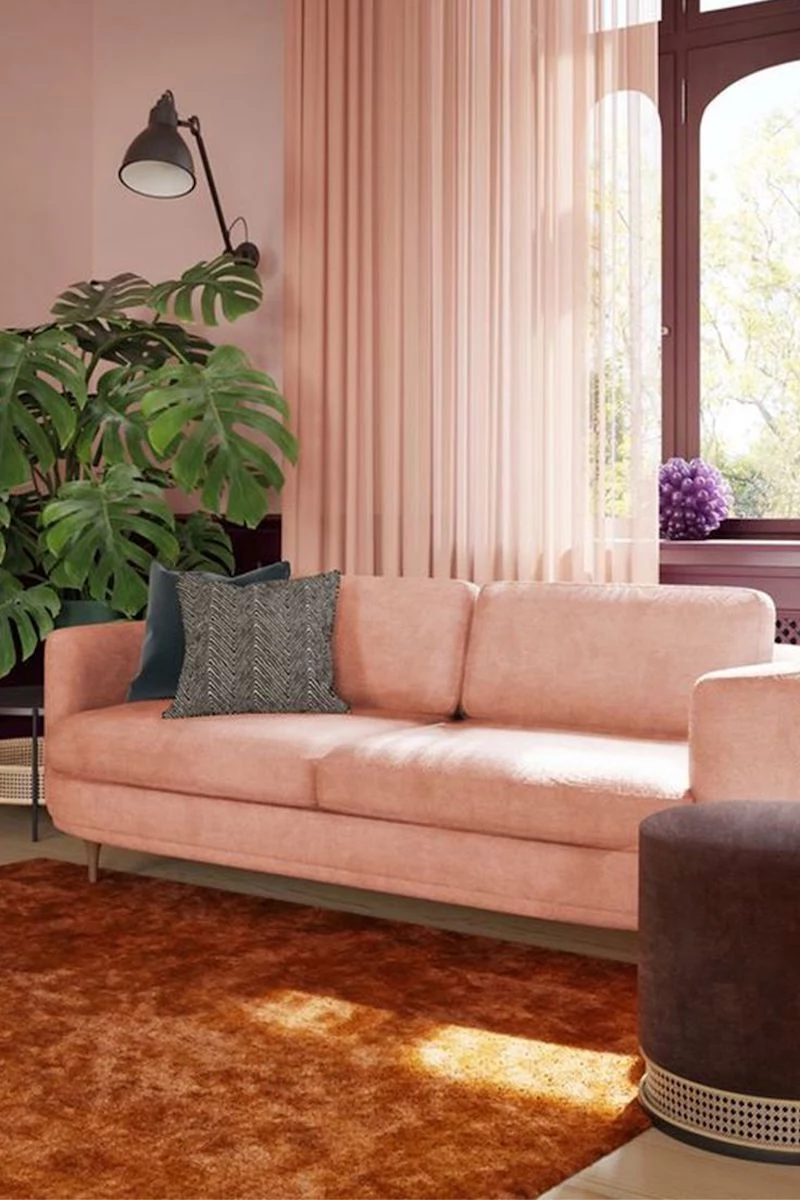
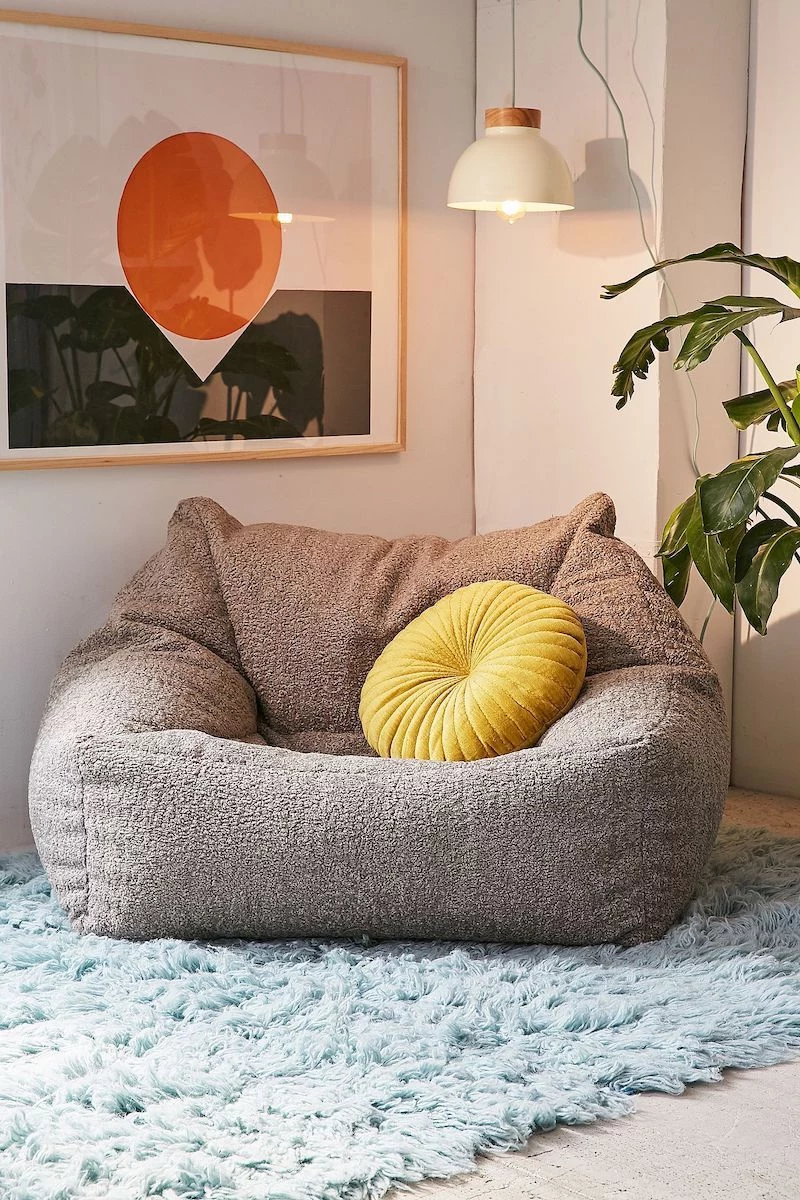
Solid Brass vs. Plated Finishes:
Solid Brass: Heavy, durable, and develops a beautiful, rich patina over time. It’s an investment for hardware like cabinet pulls or faucets that you’ll use daily. Brands like Rejuvenation or Armac Martin specialize in this quality.
Plated Finishes: A thin coating over a cheaper base metal (like zinc). Prone to chipping, scratching, and wearing away, revealing the metal underneath. A short-term solution that often needs replacing.
For high-touch items, solid is always the timeless choice.
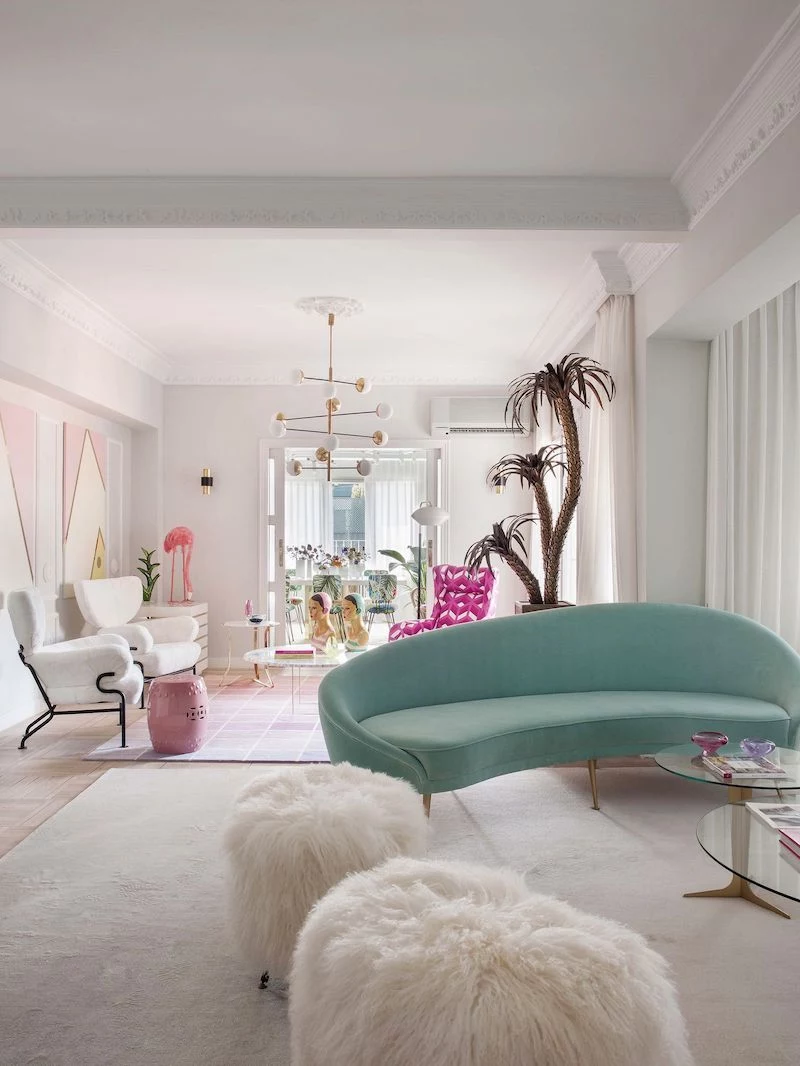
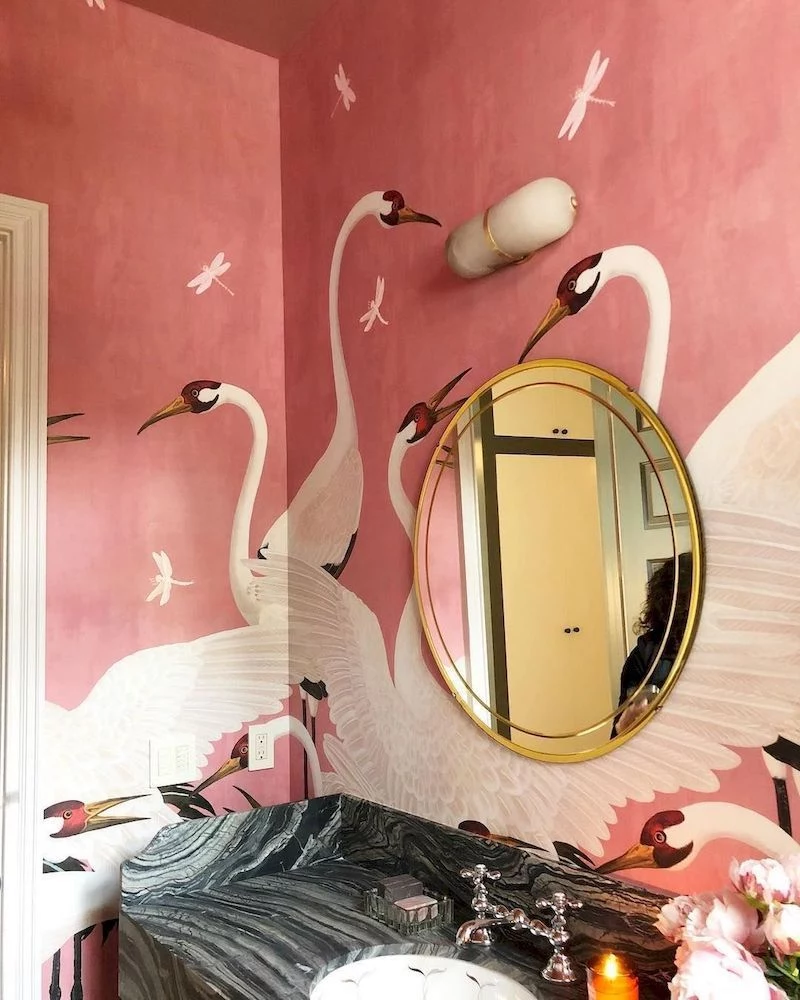
A large, high-quality rug is one of the best investments you can make. It defines a space, adds warmth and texture, and absorbs sound. A common mistake is buying a rug that’s too small, making the room feel disjointed. As a rule of thumb, at least the front legs of all your main furniture pieces in a seating area should be on the rug.
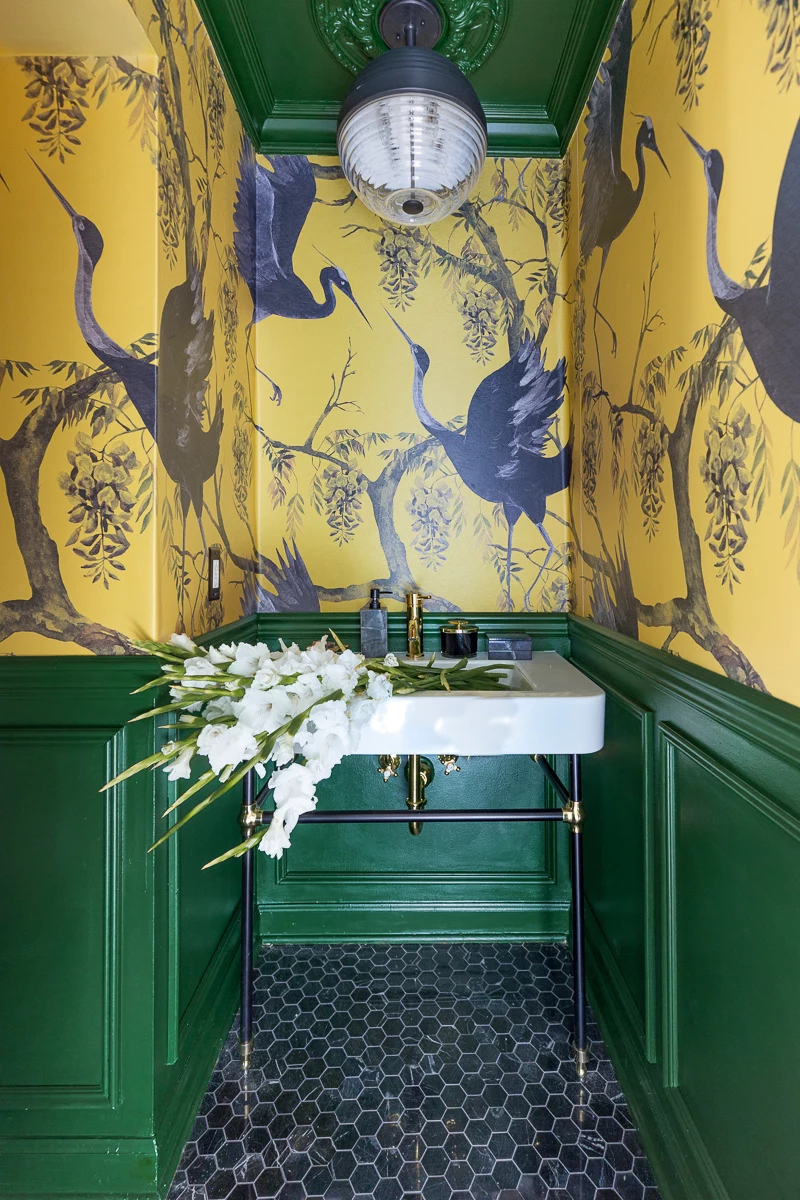
- Will I still love this shape in 10 years?
- Is this material built to last and easy to care for?
- Does it genuinely fit my lifestyle, not just a fantasy version of it?
Ask yourself these three questions before any significant furniture purchase. It’s a simple checklist that cuts through the noise of trends and focuses on what truly matters for a lasting home.
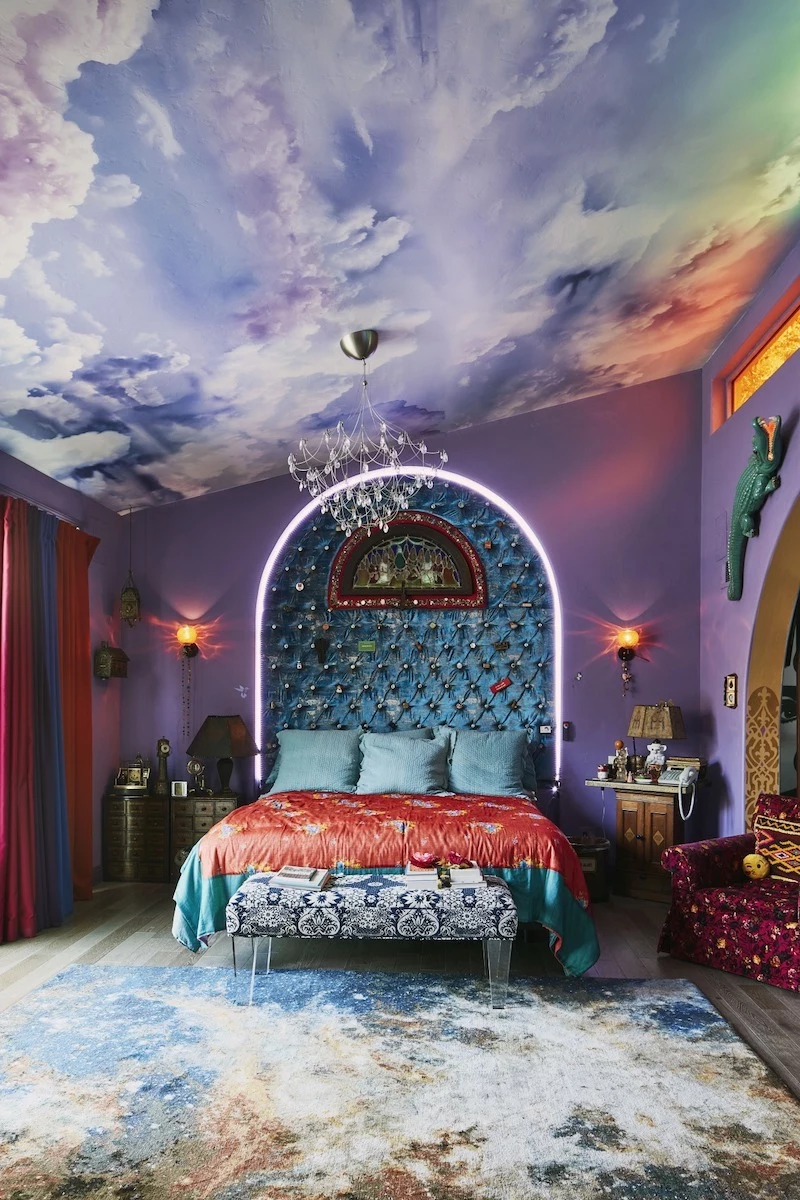
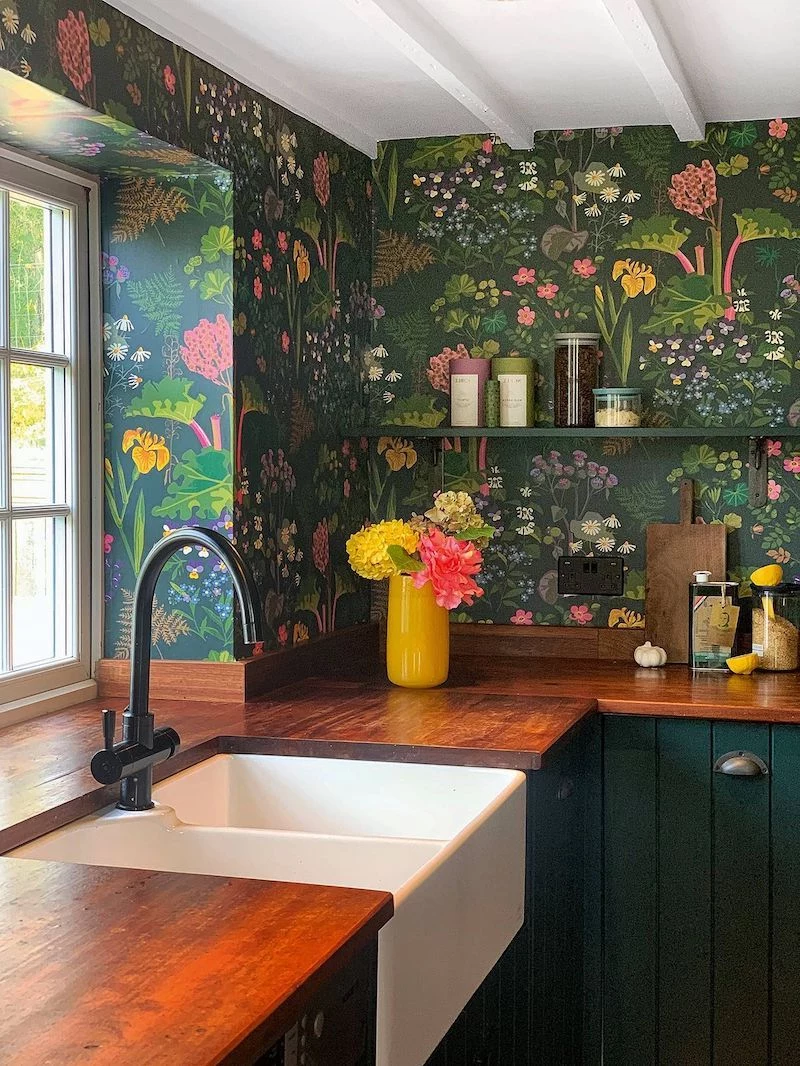
Don’t underestimate the impact of upgrading your window treatments. Flimsy, ill-fitting blinds can make an entire room feel cheap. Investing in custom-cut shades or well-made curtains that kiss the floor will instantly elevate the space, control light beautifully, and add a layer of softness and insulation.
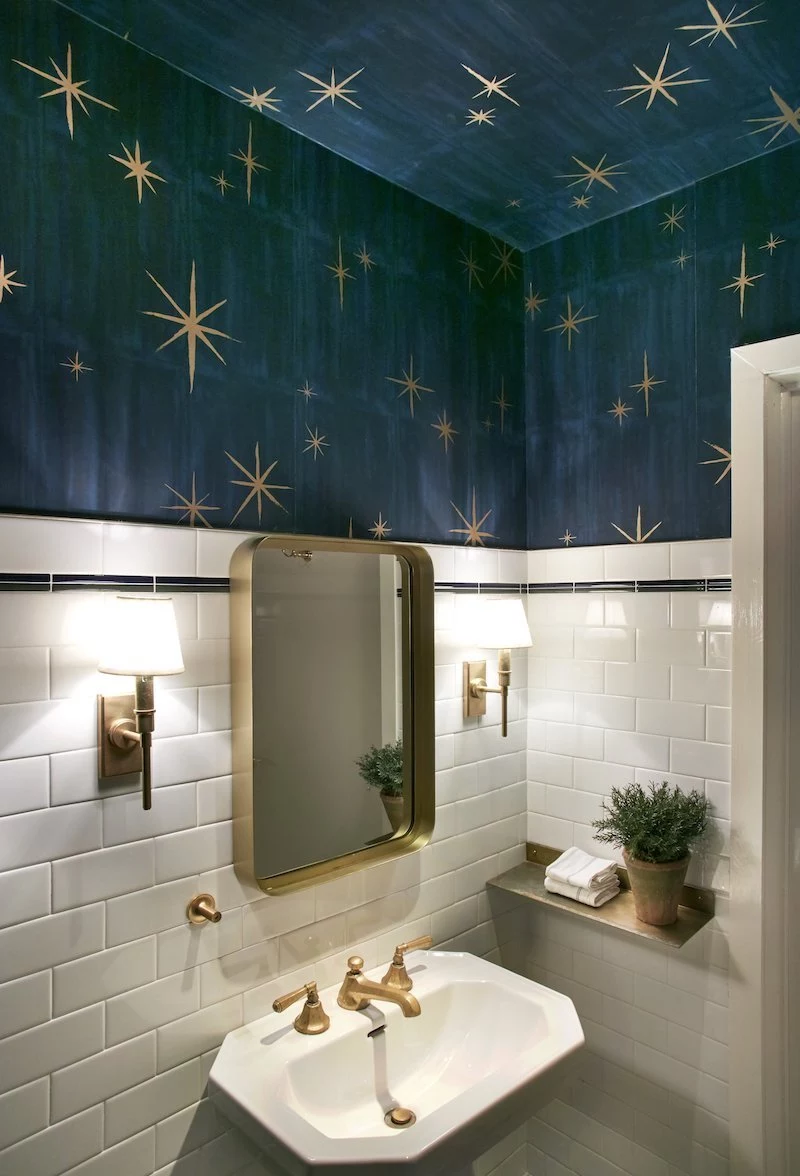
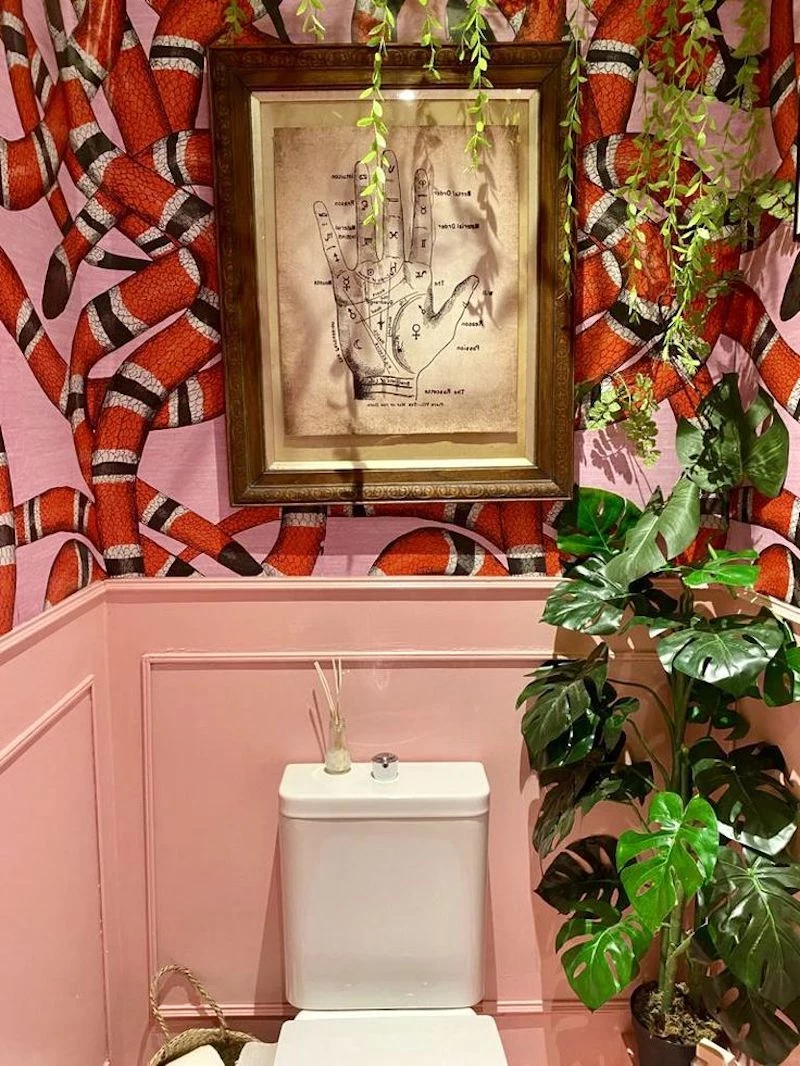
A study from the University of Exeter found that employees were 15% more productive when their previously lean offices were filled with just a few houseplants.
While this study was about the workplace, the takeaway is universal: we are fundamentally calmer, happier, and more focused when connected to nature. Adding greenery isn’t just decoration; it’s a simple, timeless way to improve your well-being at home.
The ultimate secret to a timeless home? It reflects you. Forget what designers on TV say is a ‘must-have.’ Your home should be a collection of things you love. It should tell your story. If you adore bright pink, find a way to use it that feels sophisticated. If you inherited your grandmother’s quirky lamp, give it pride of place. A truly timeless space is authentic above all else.






